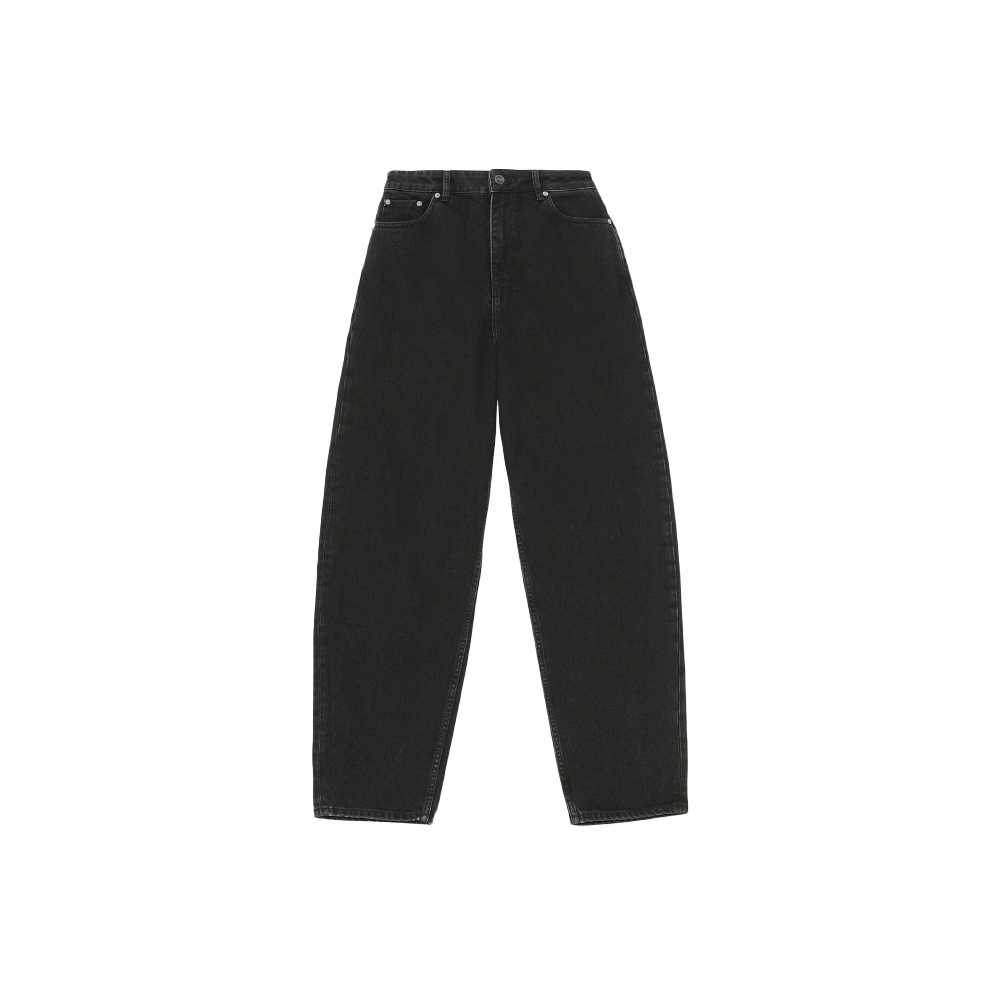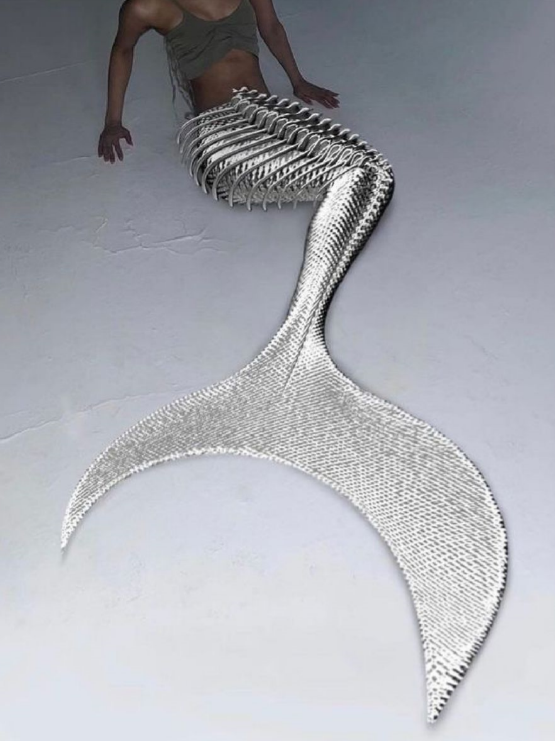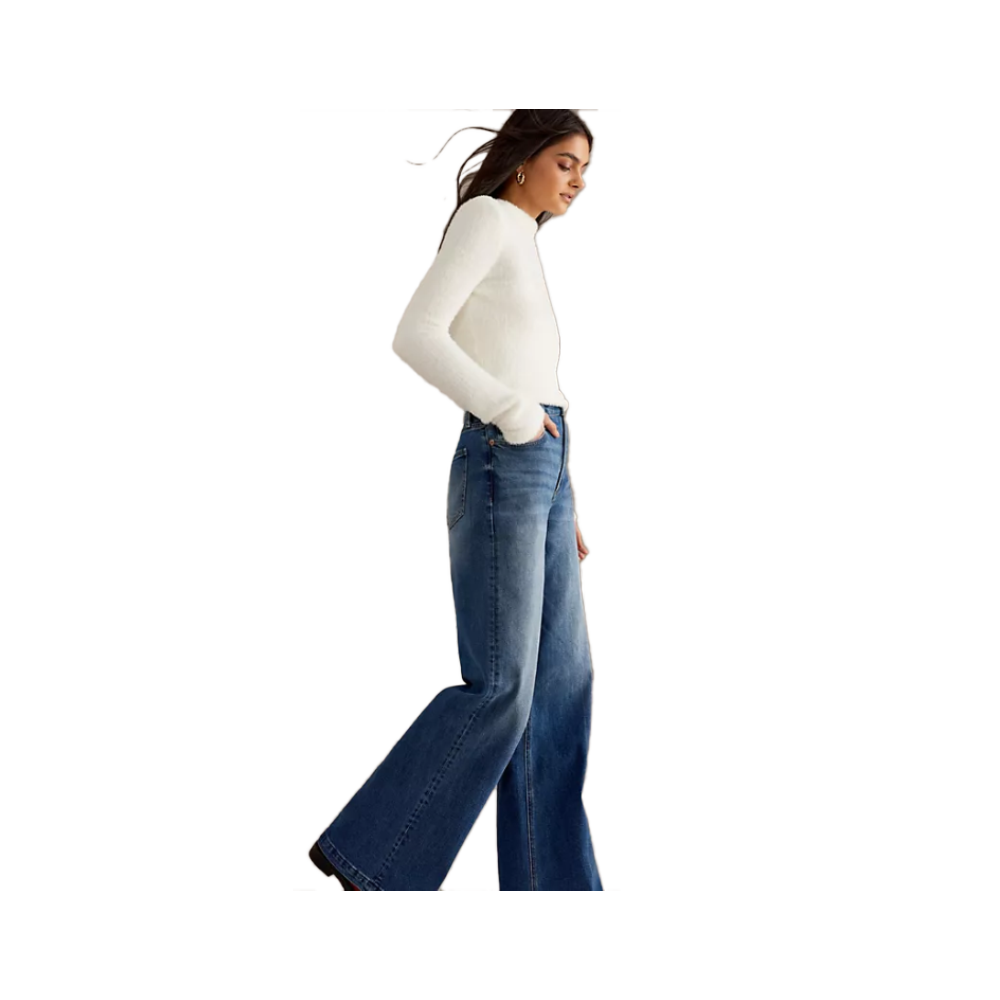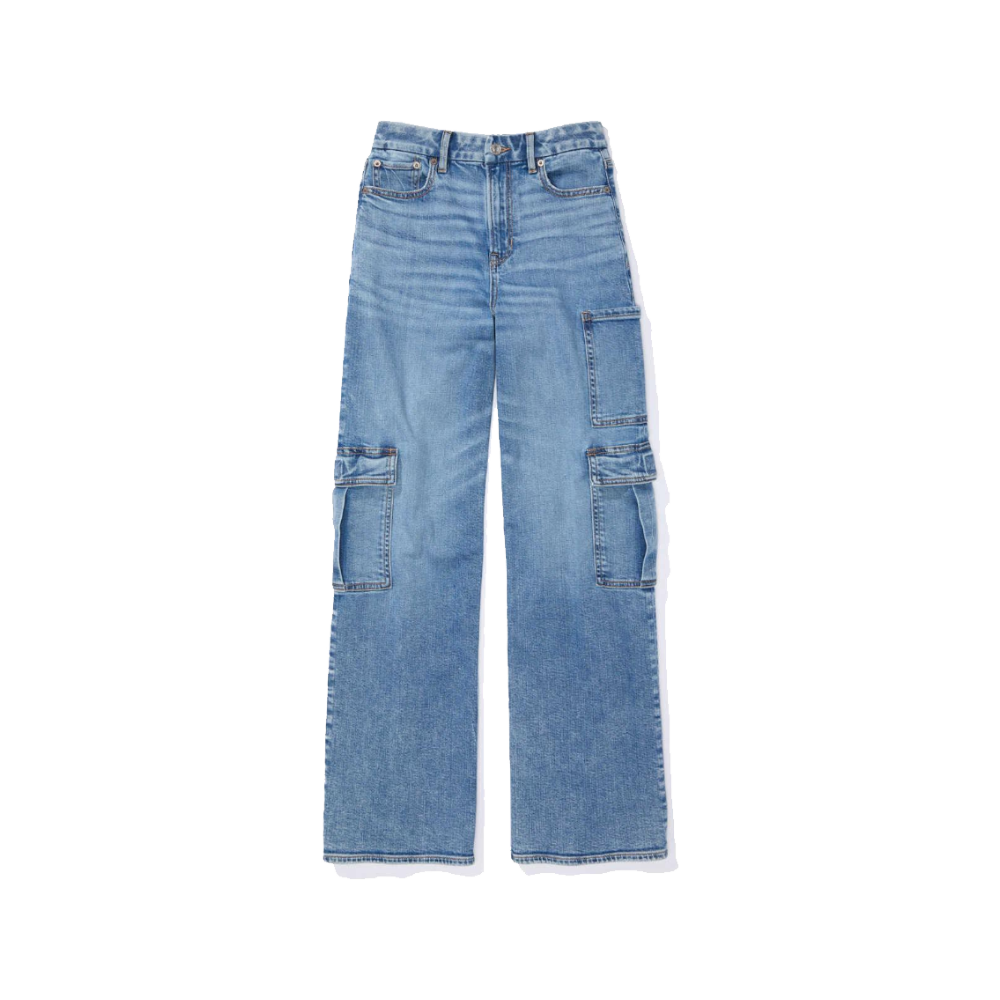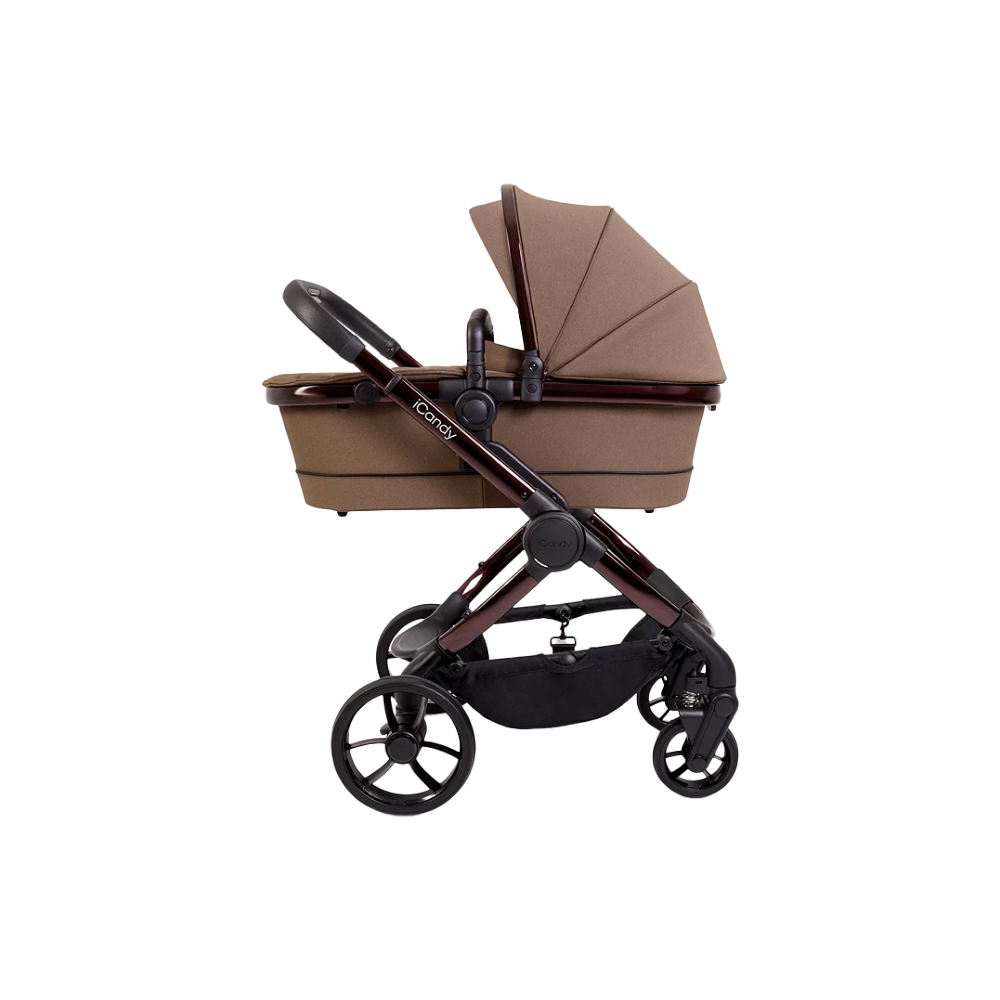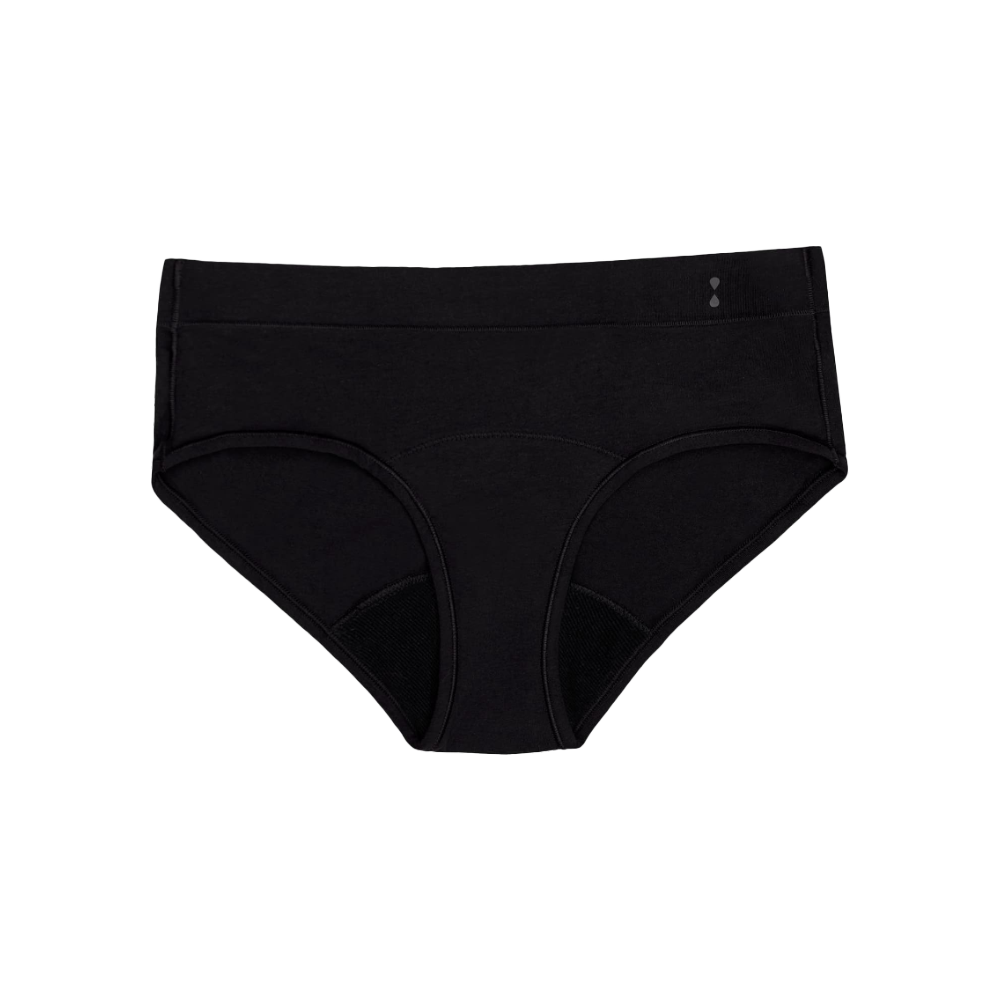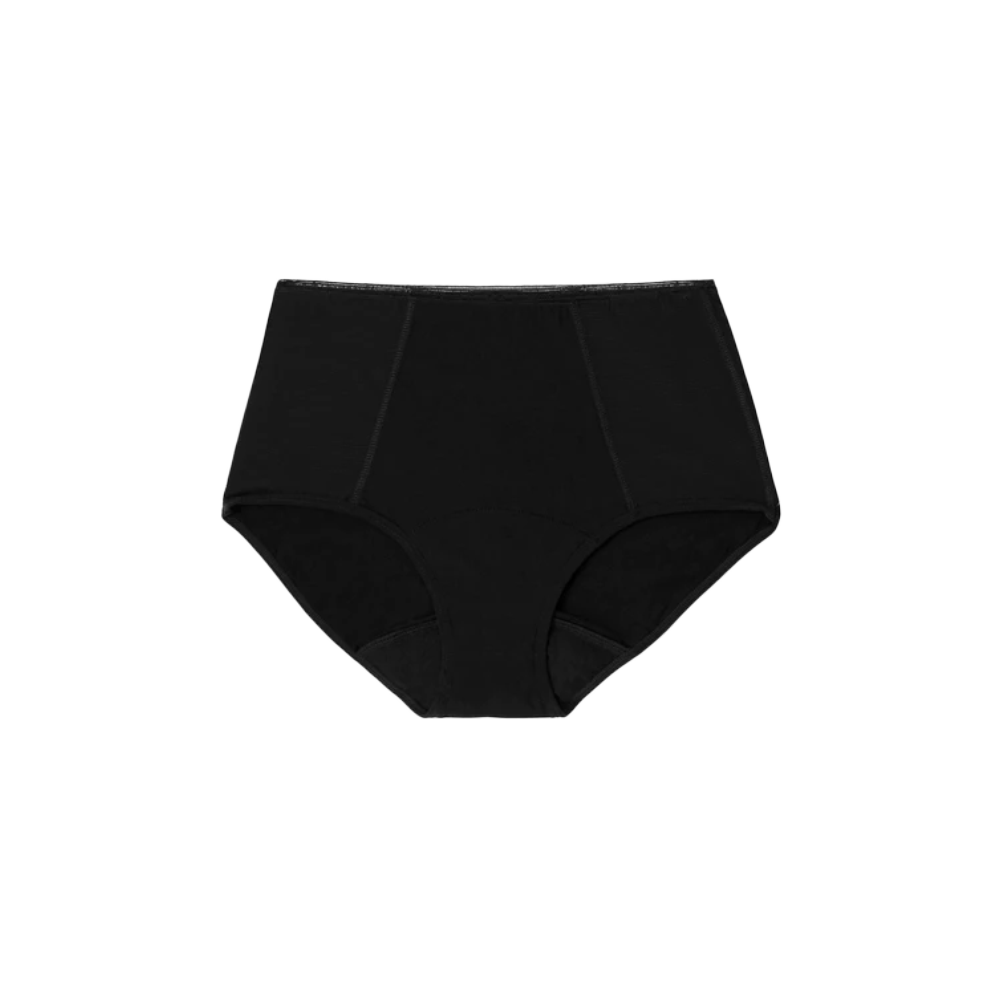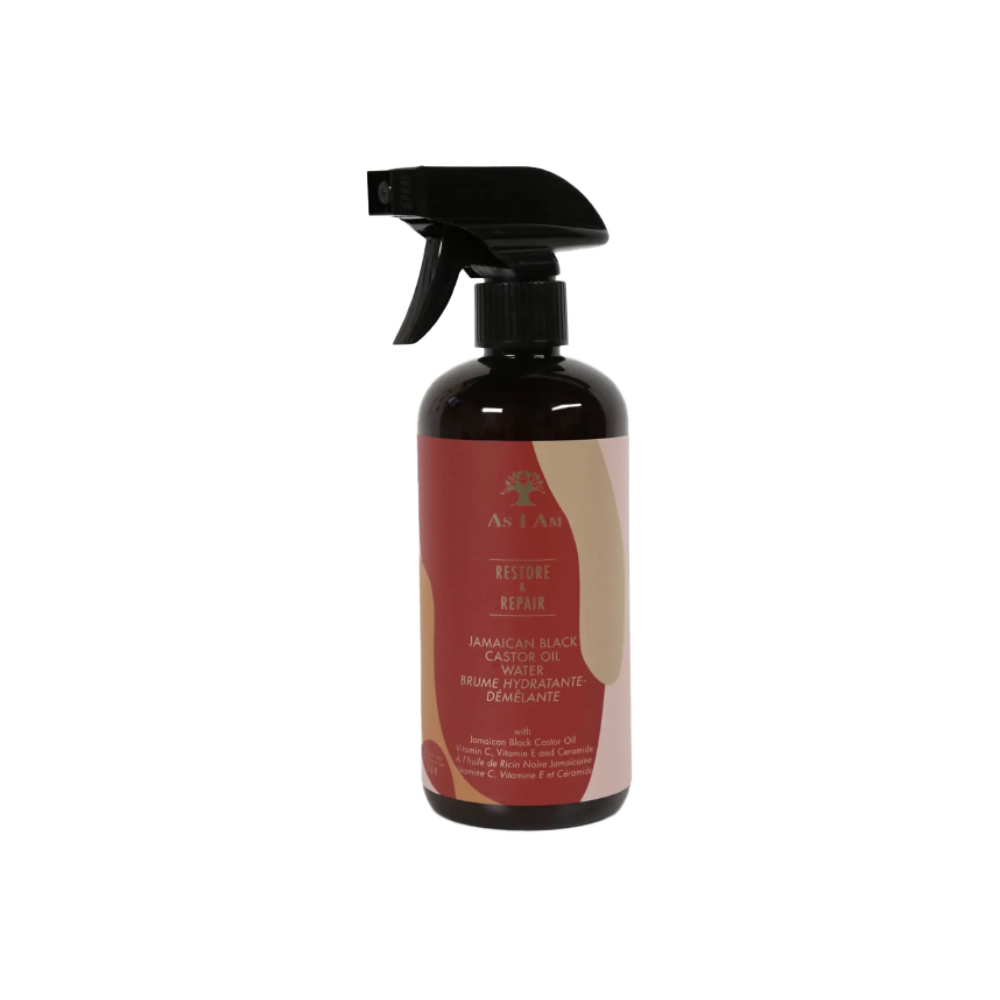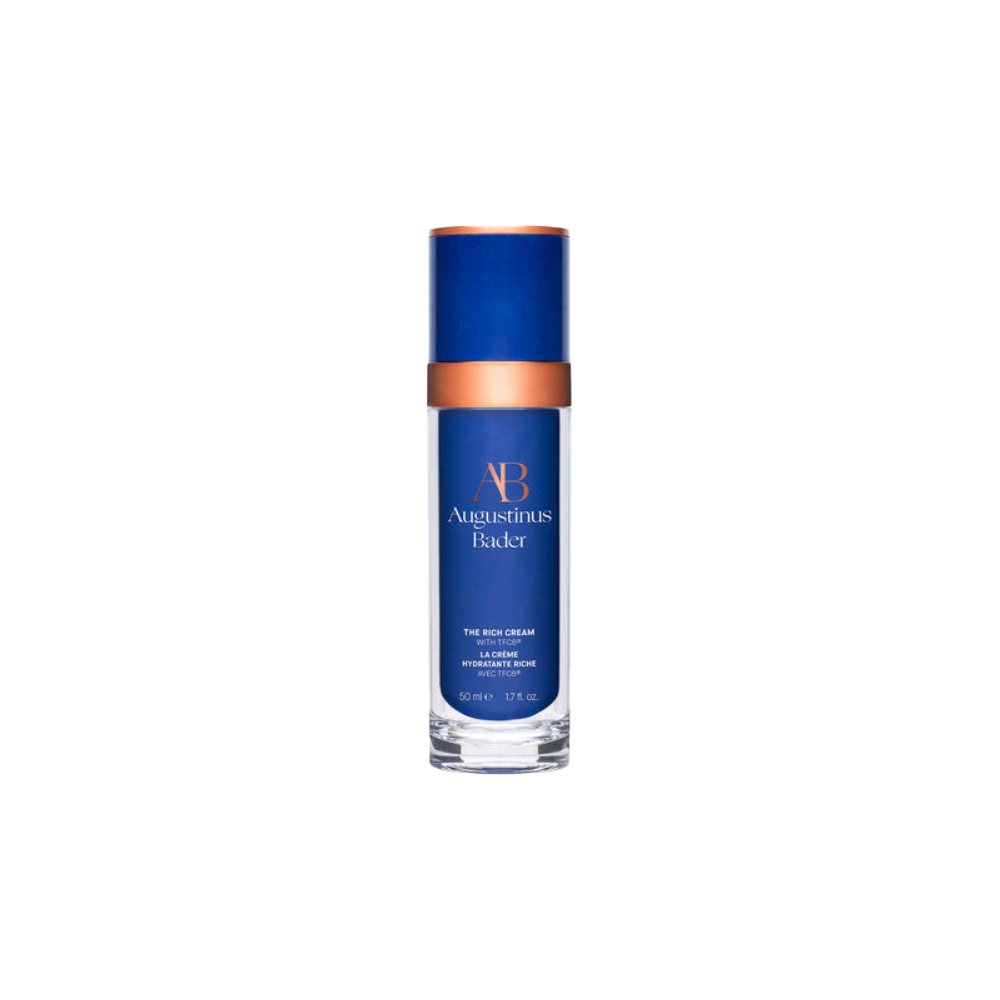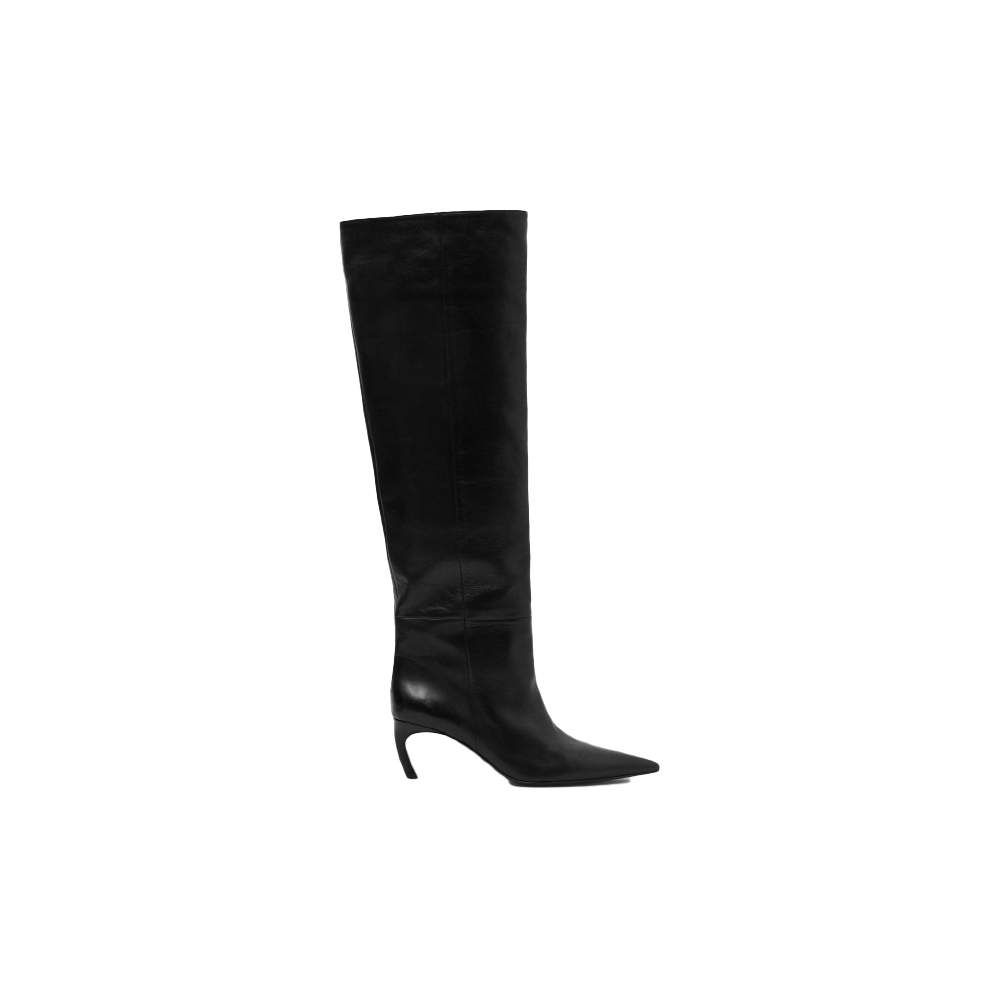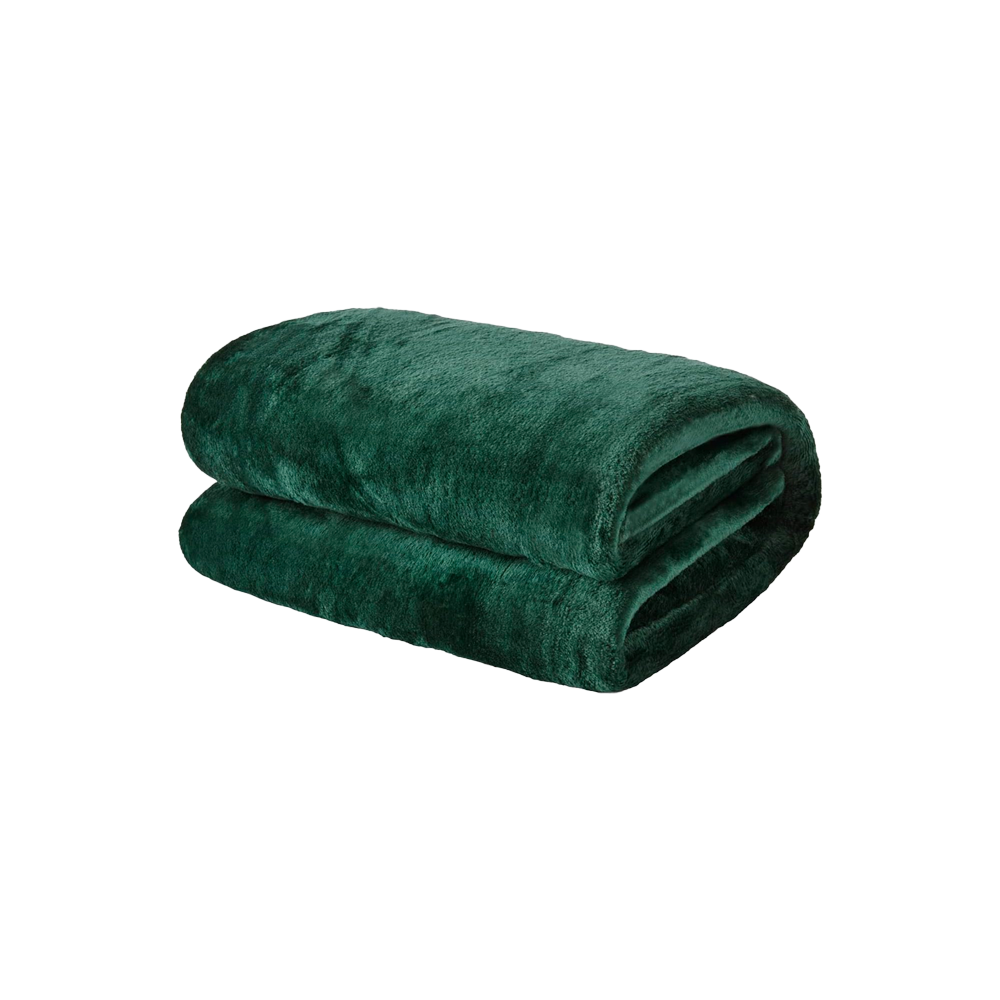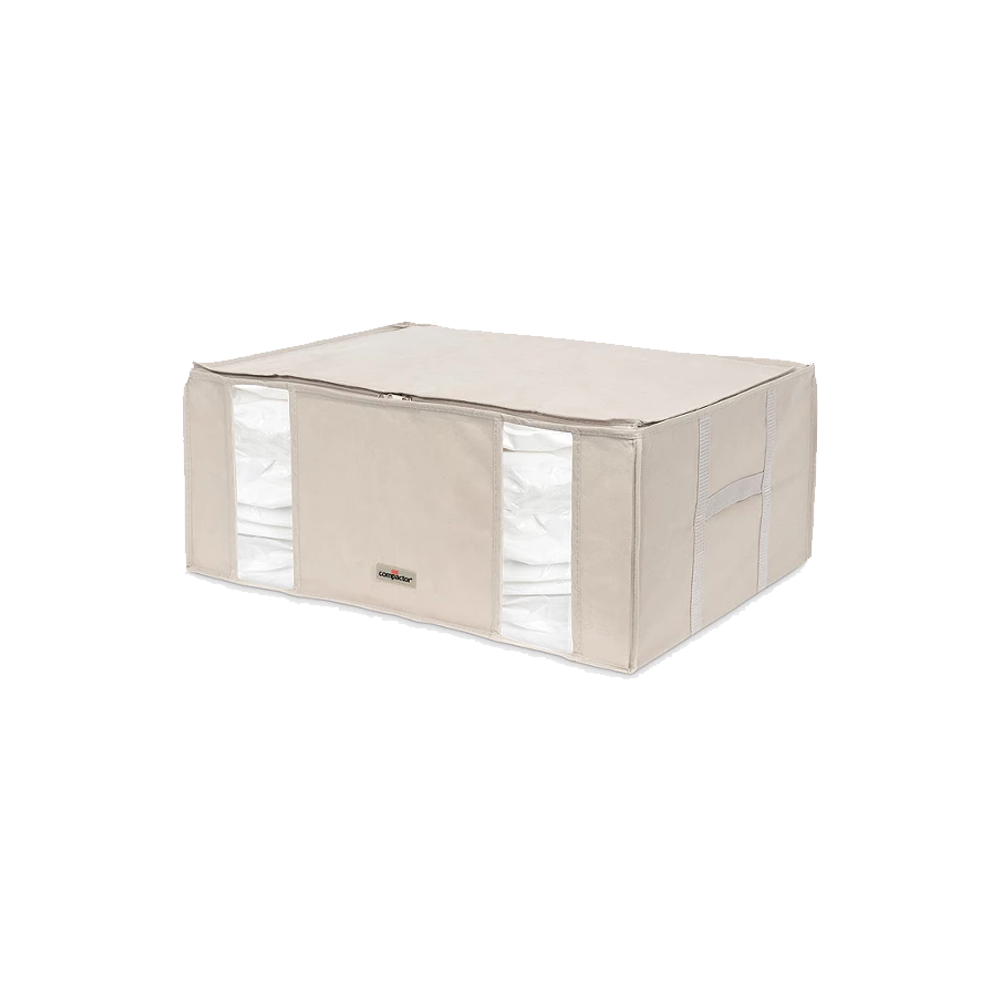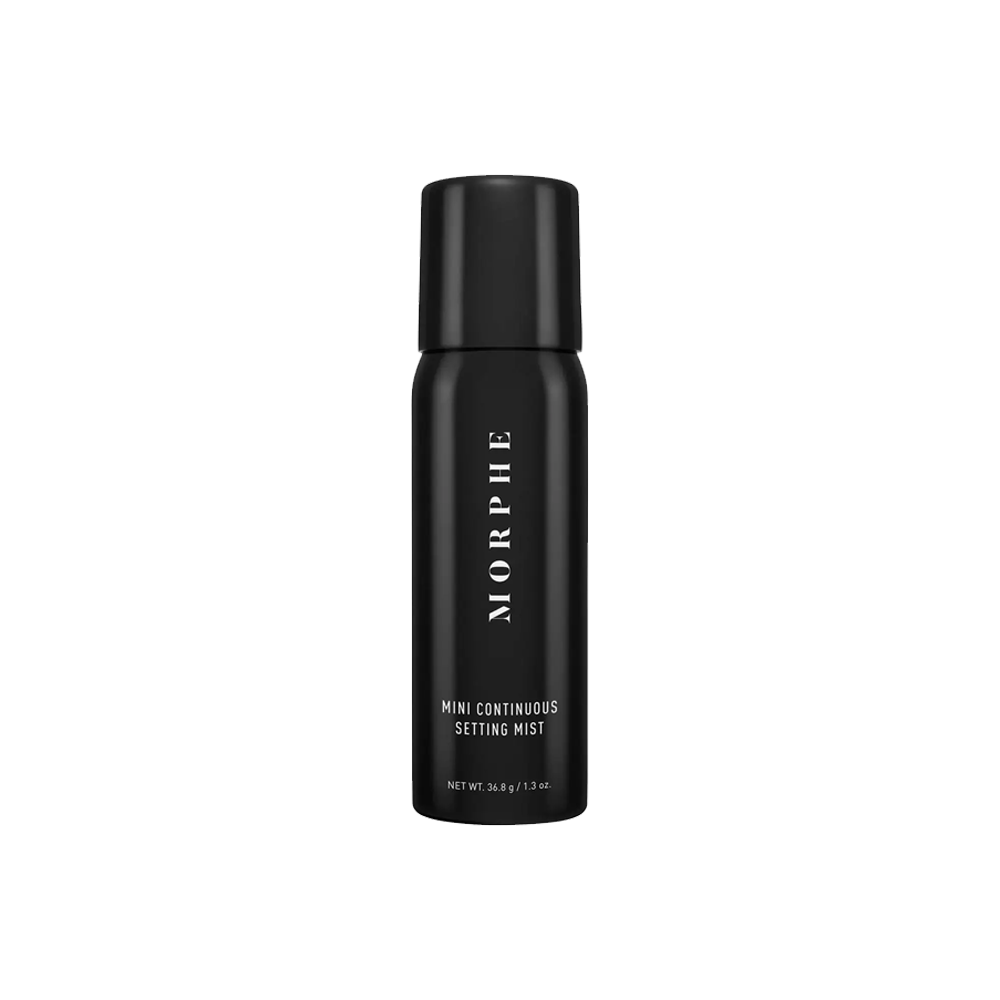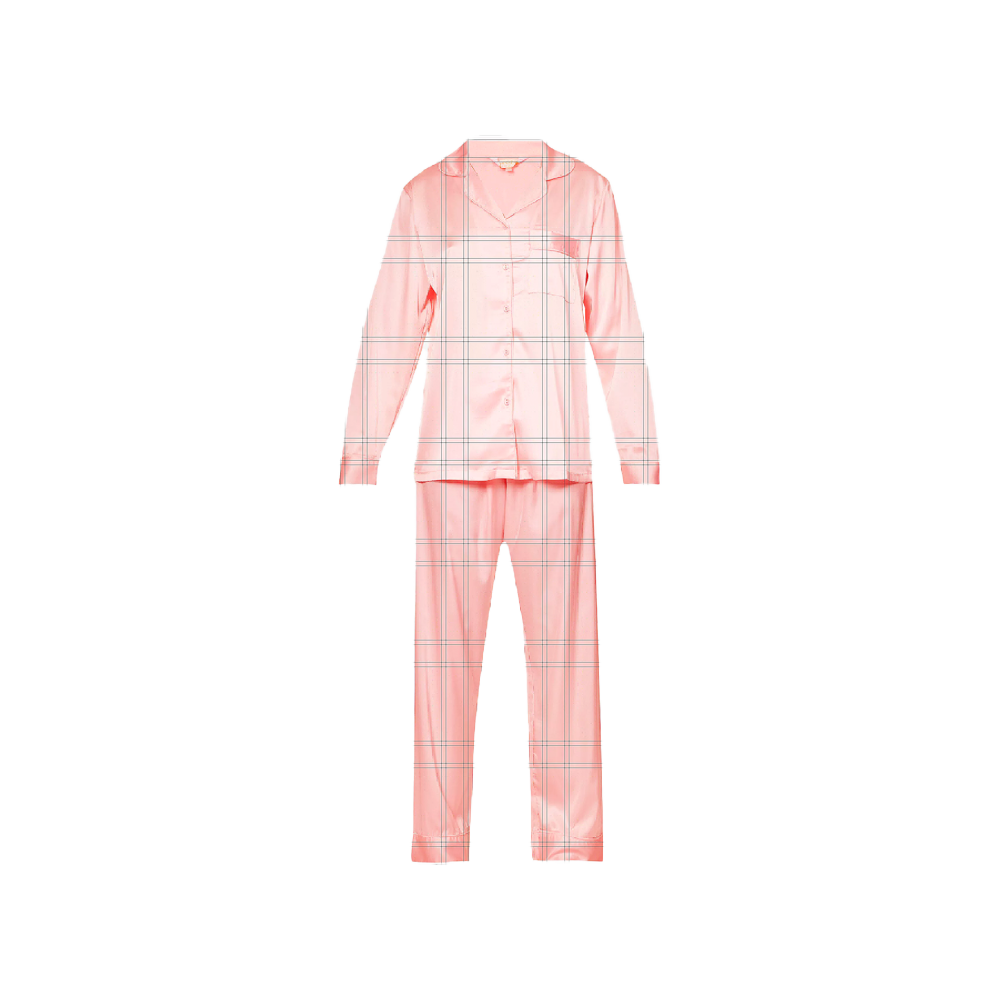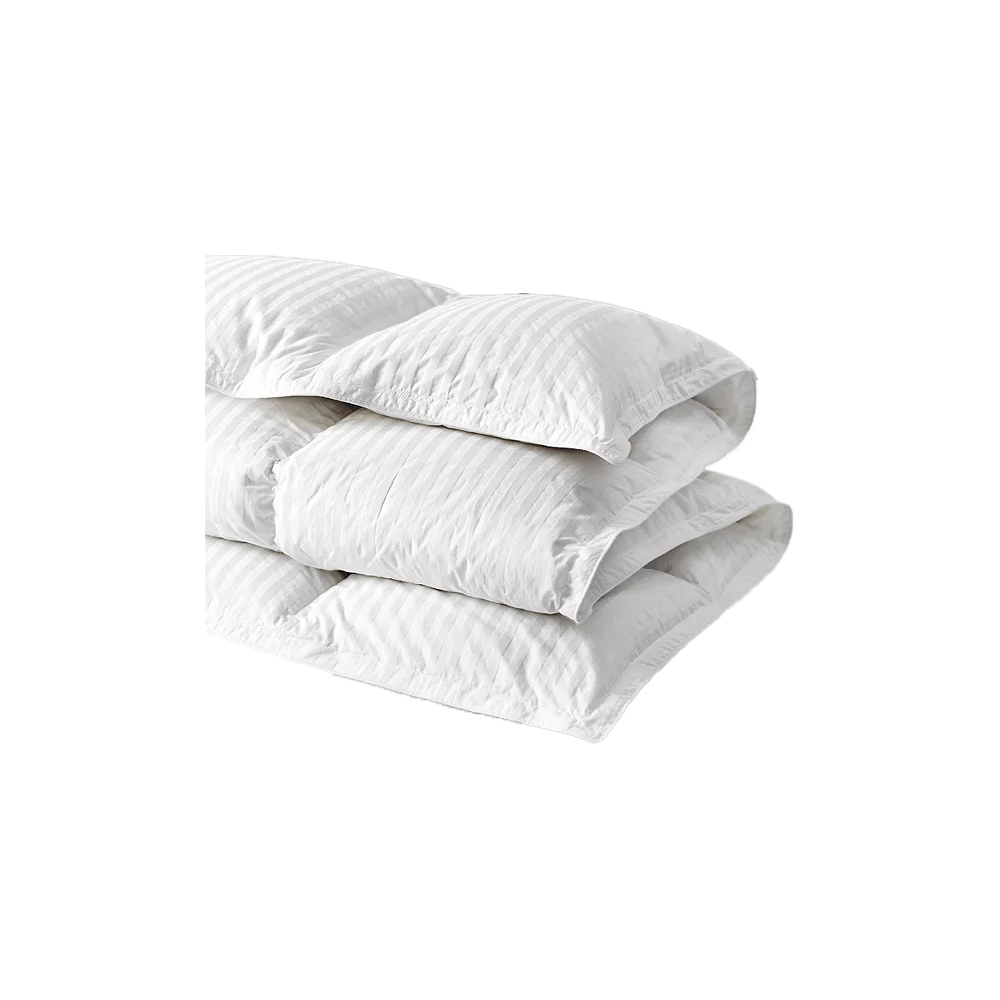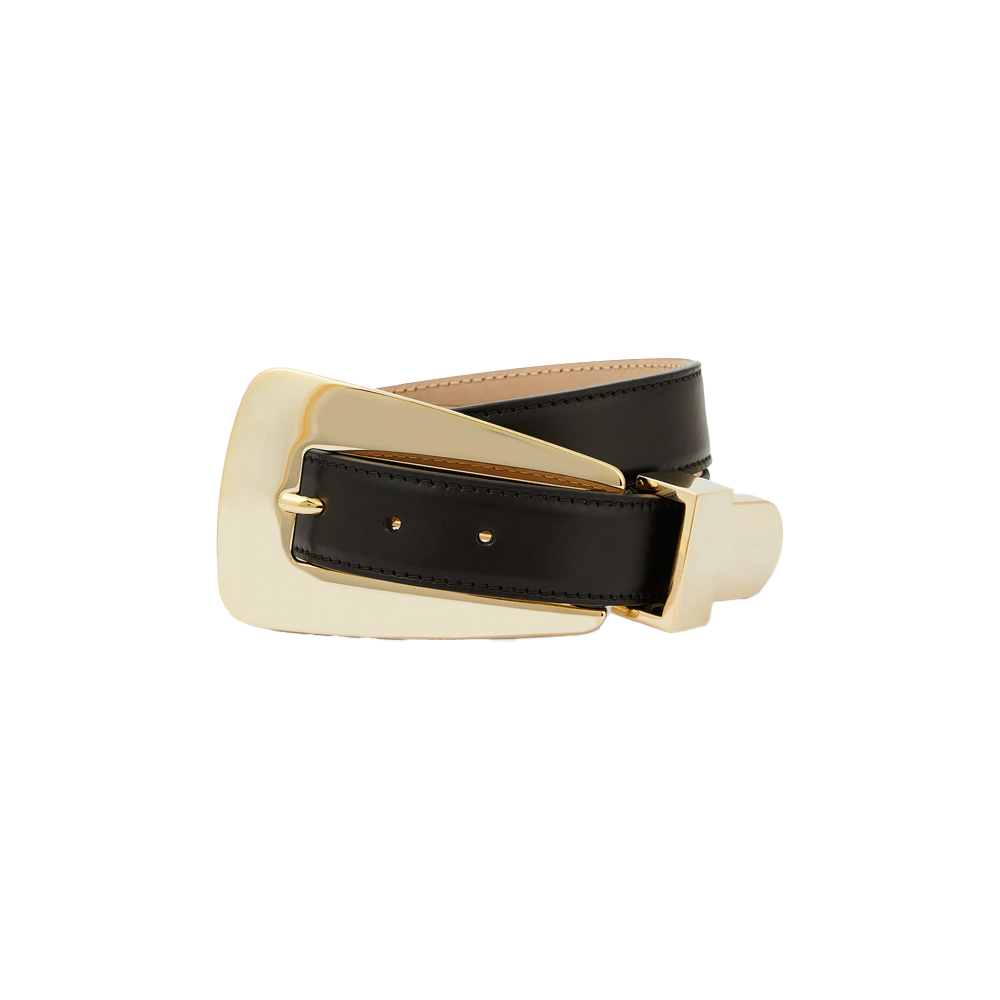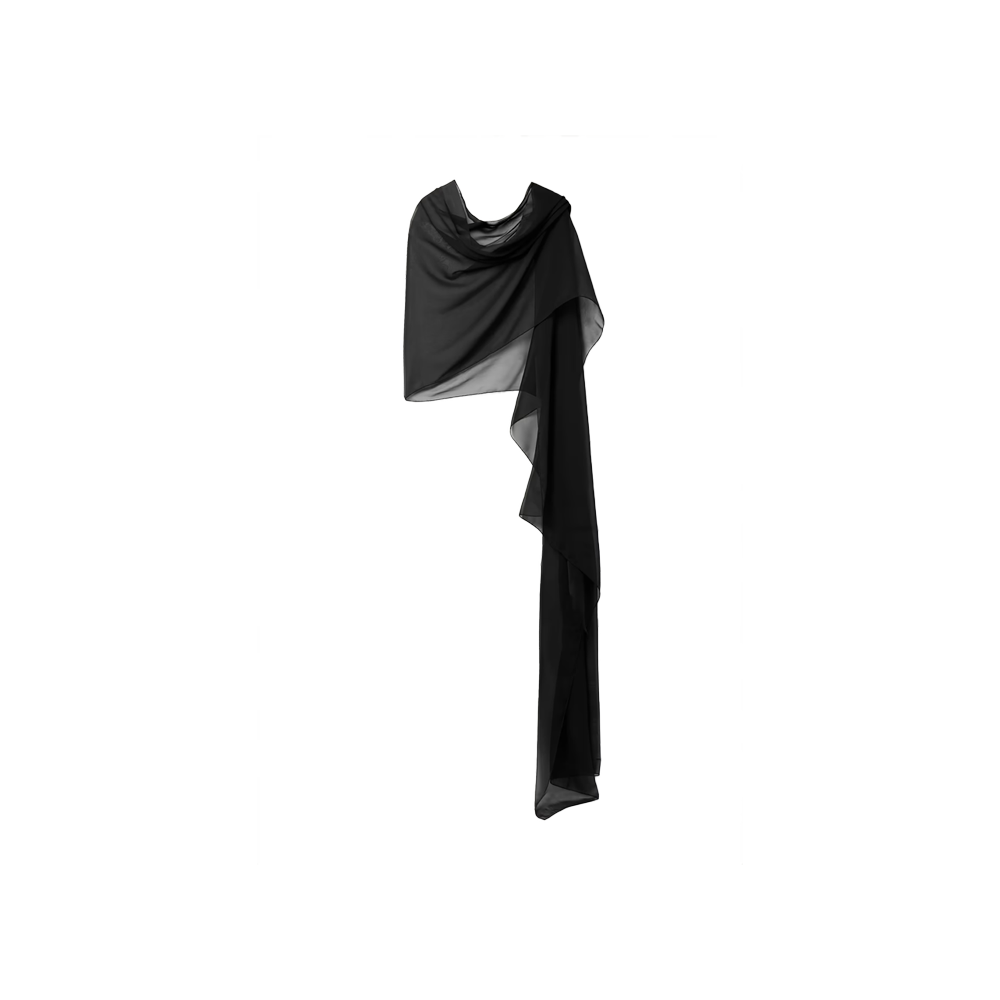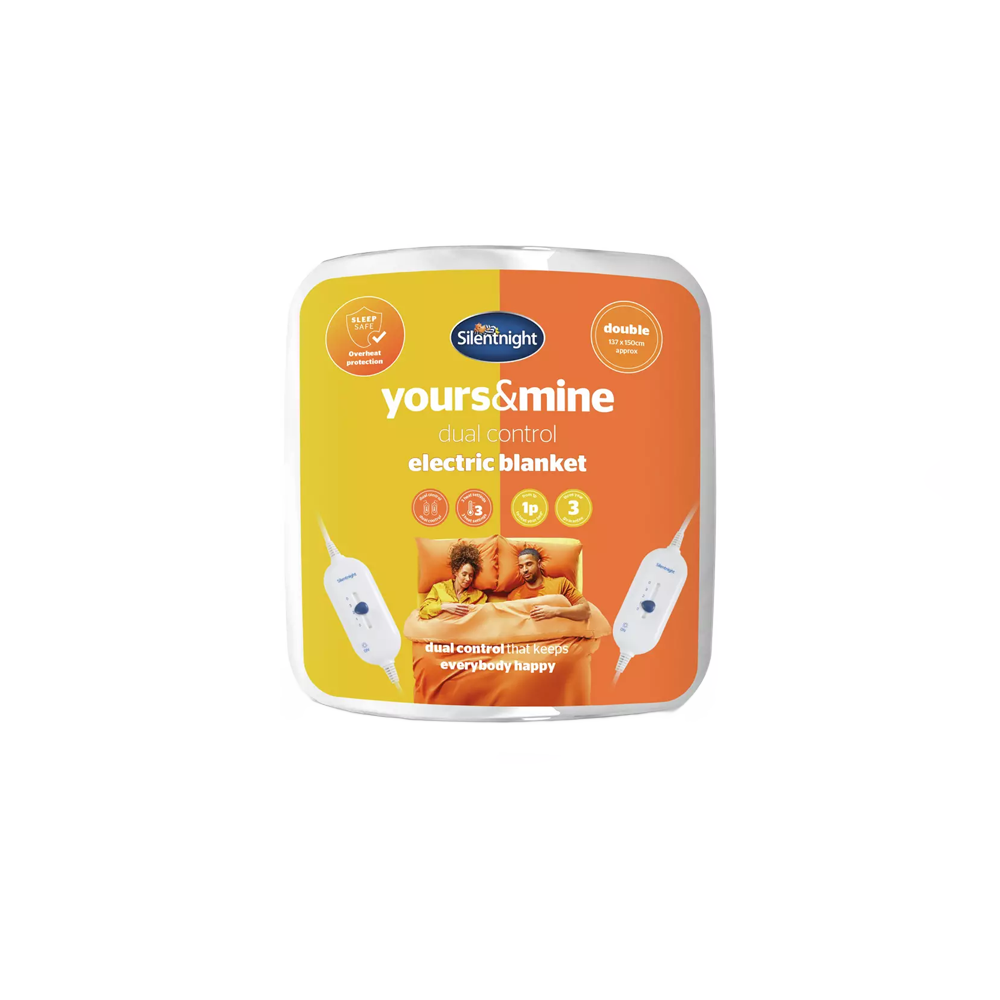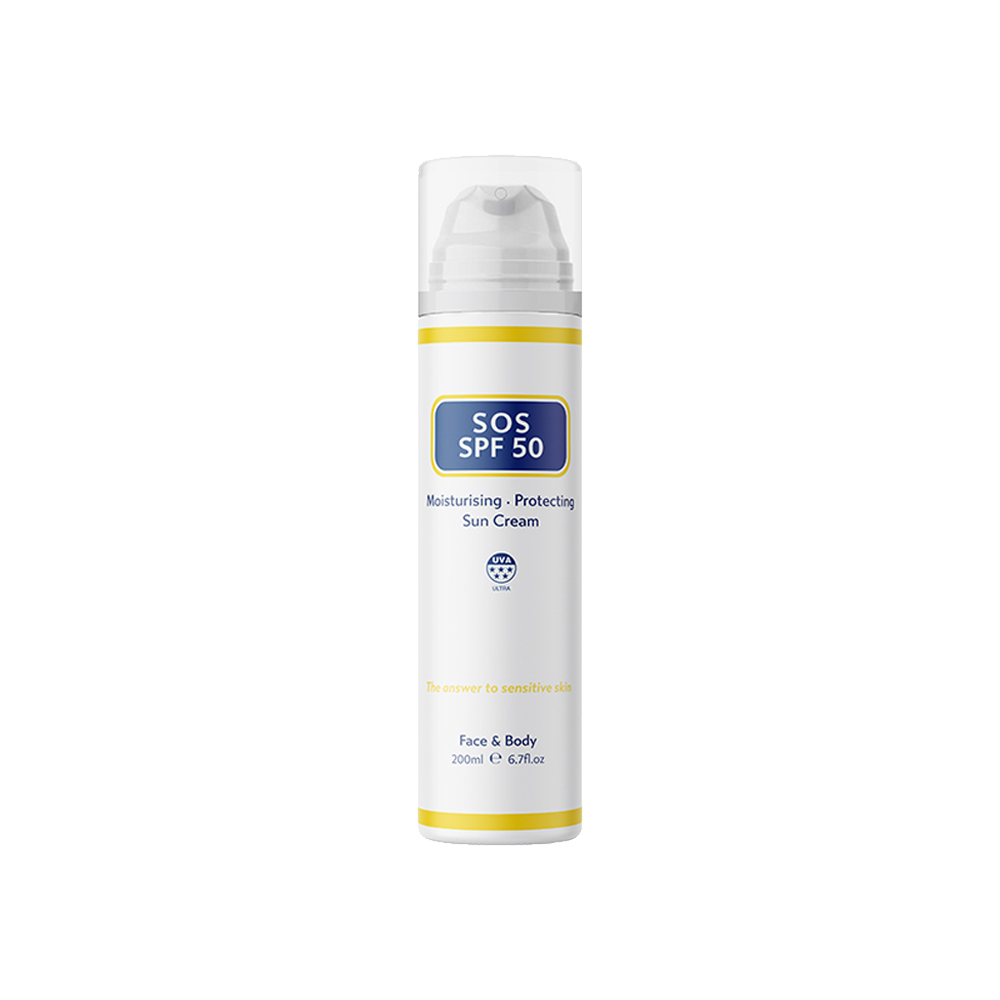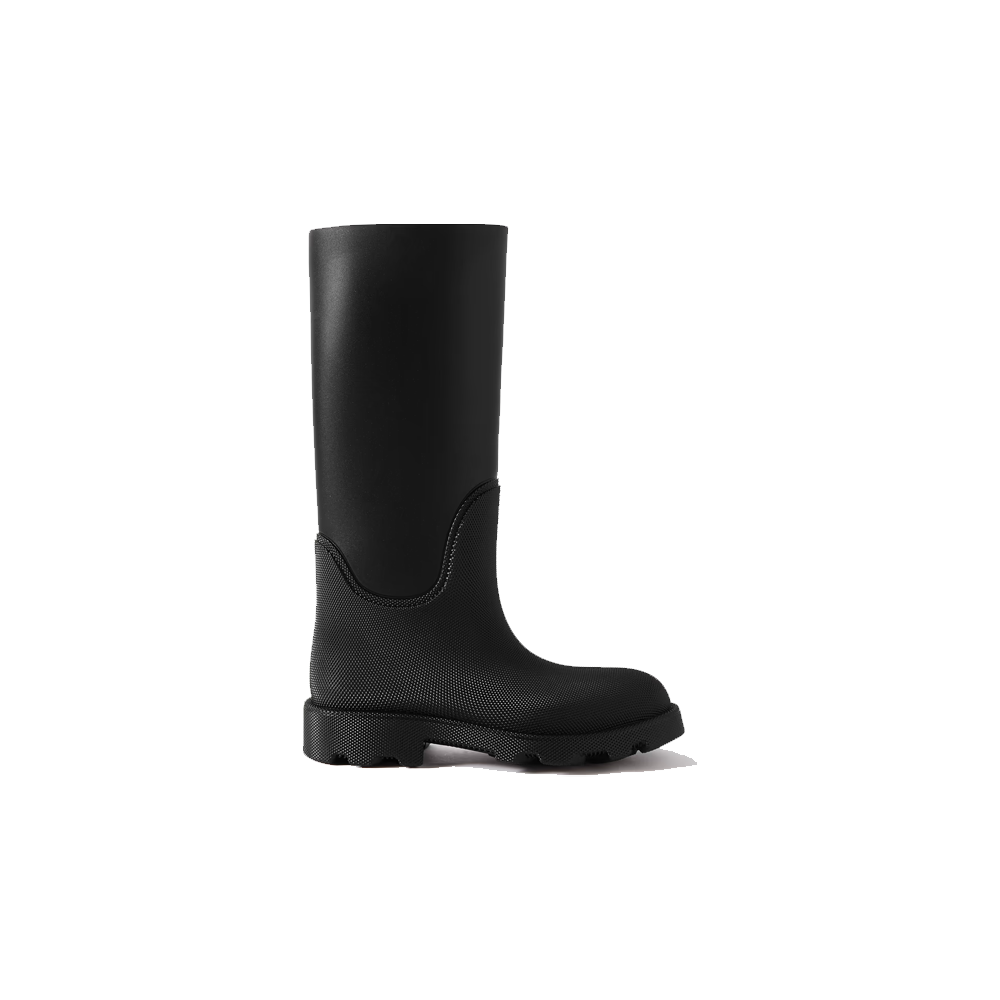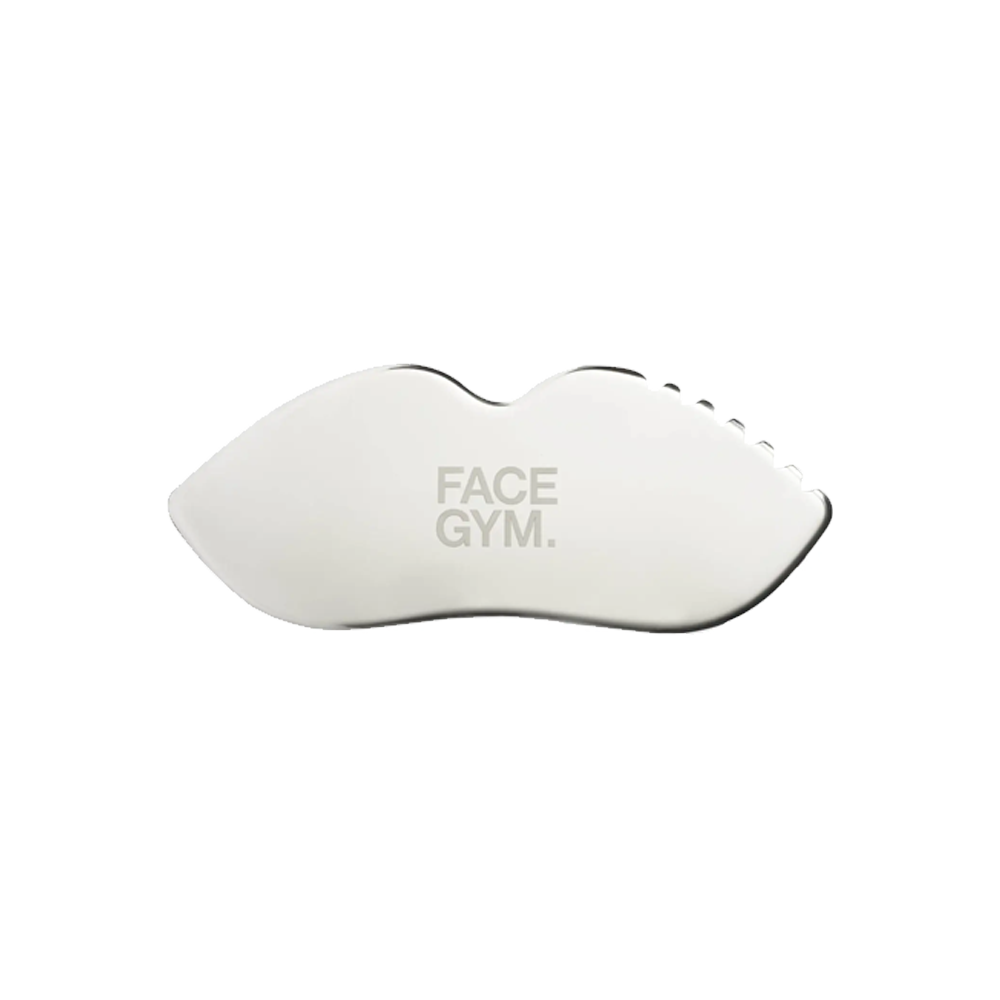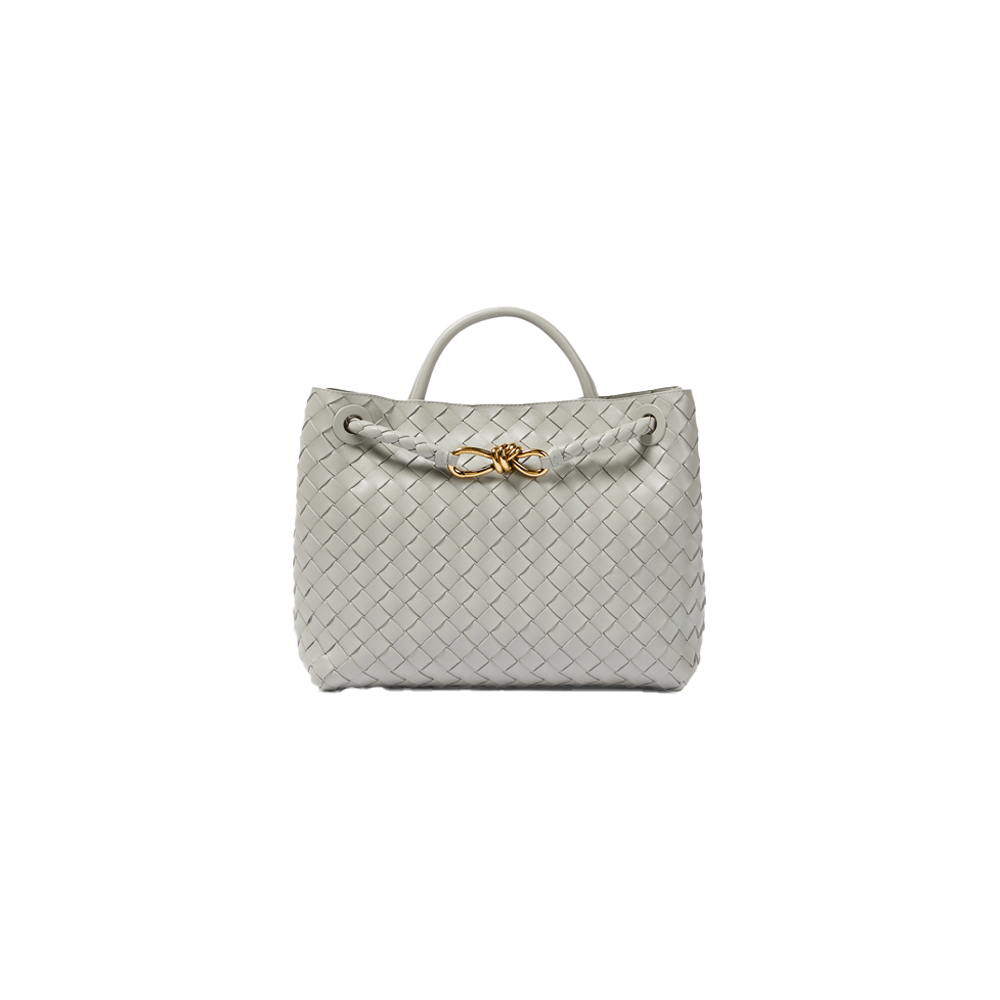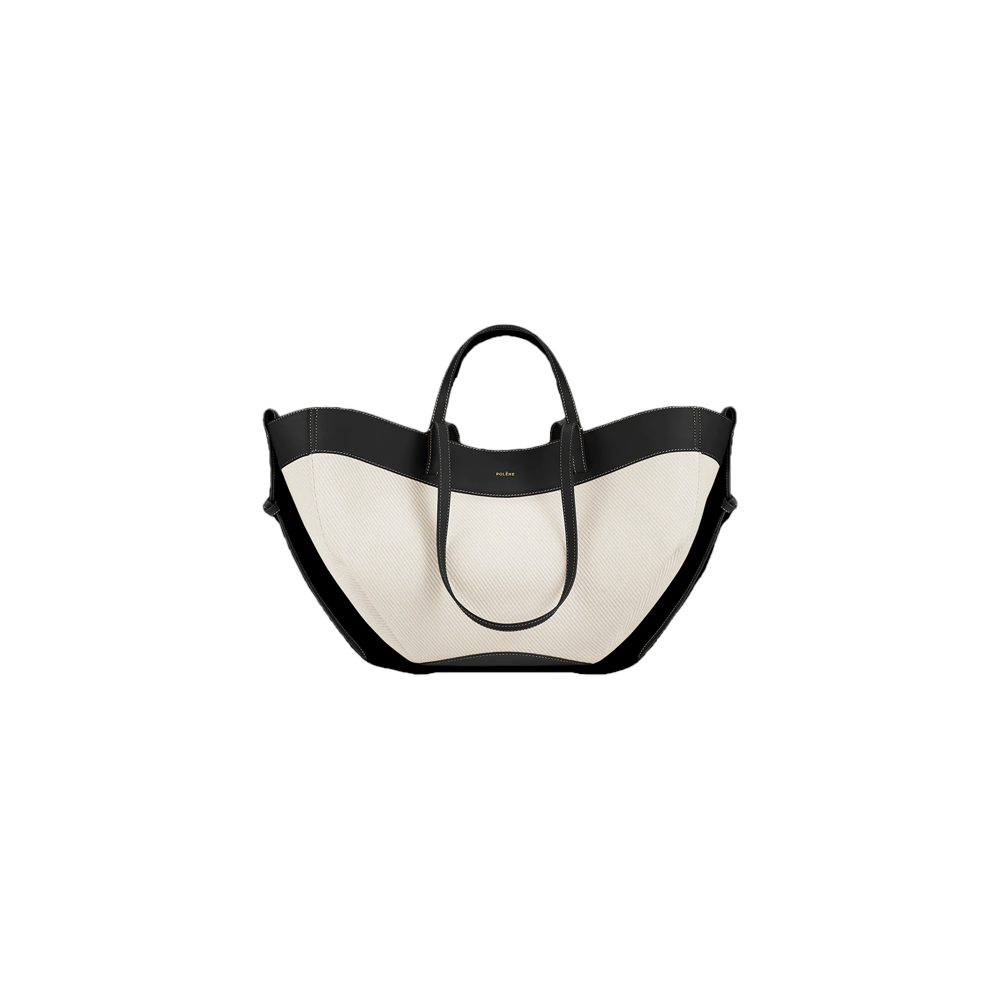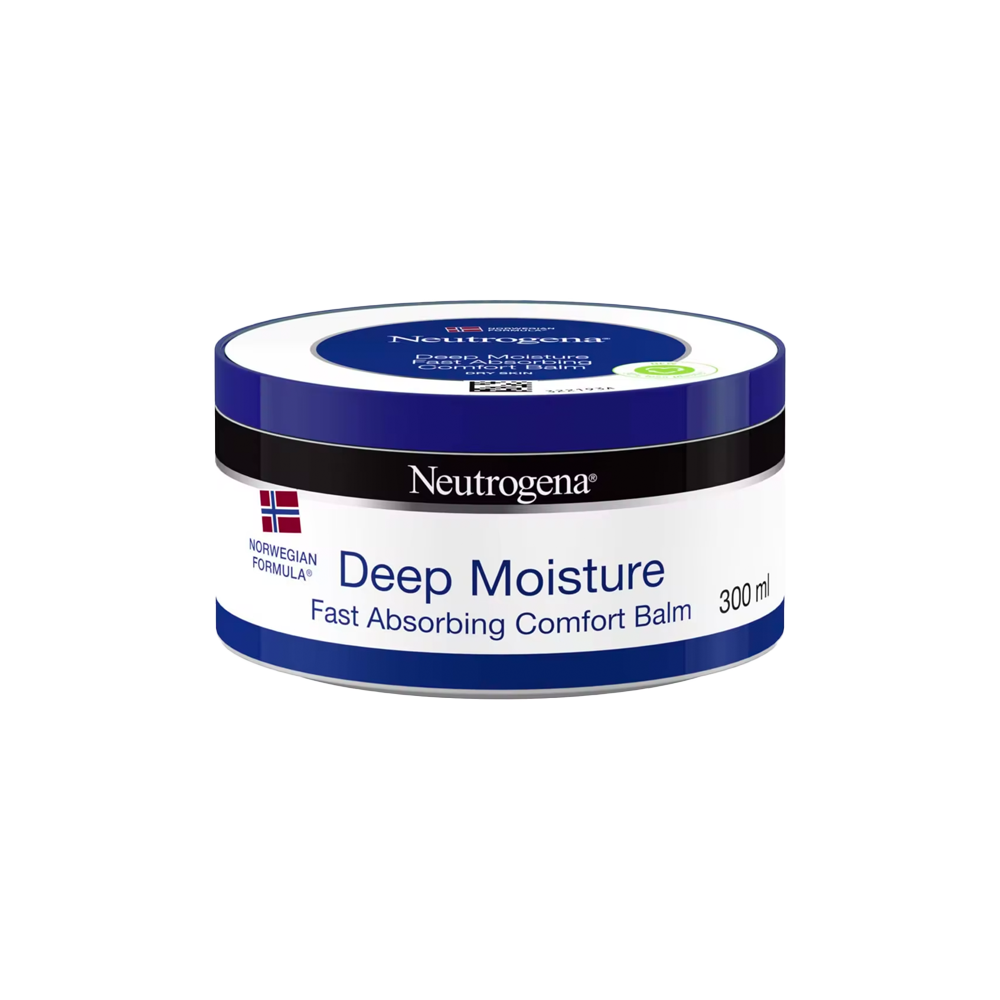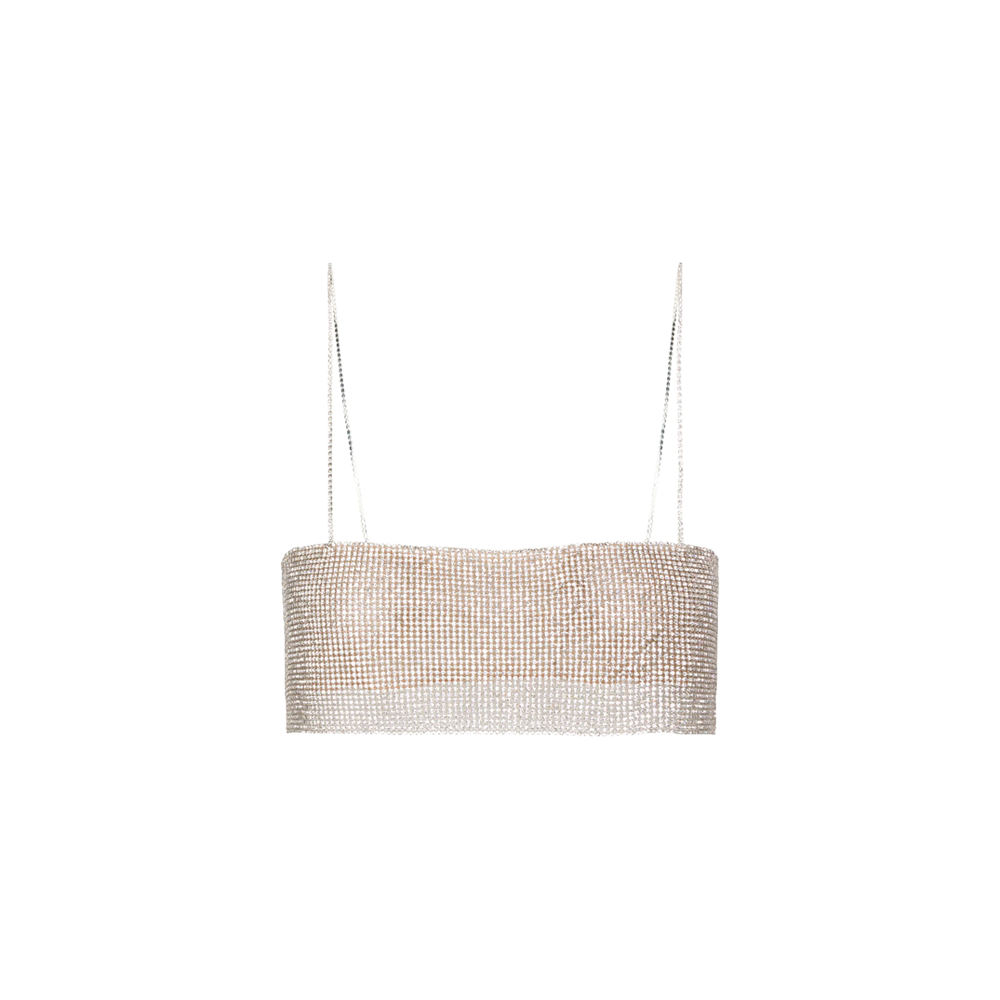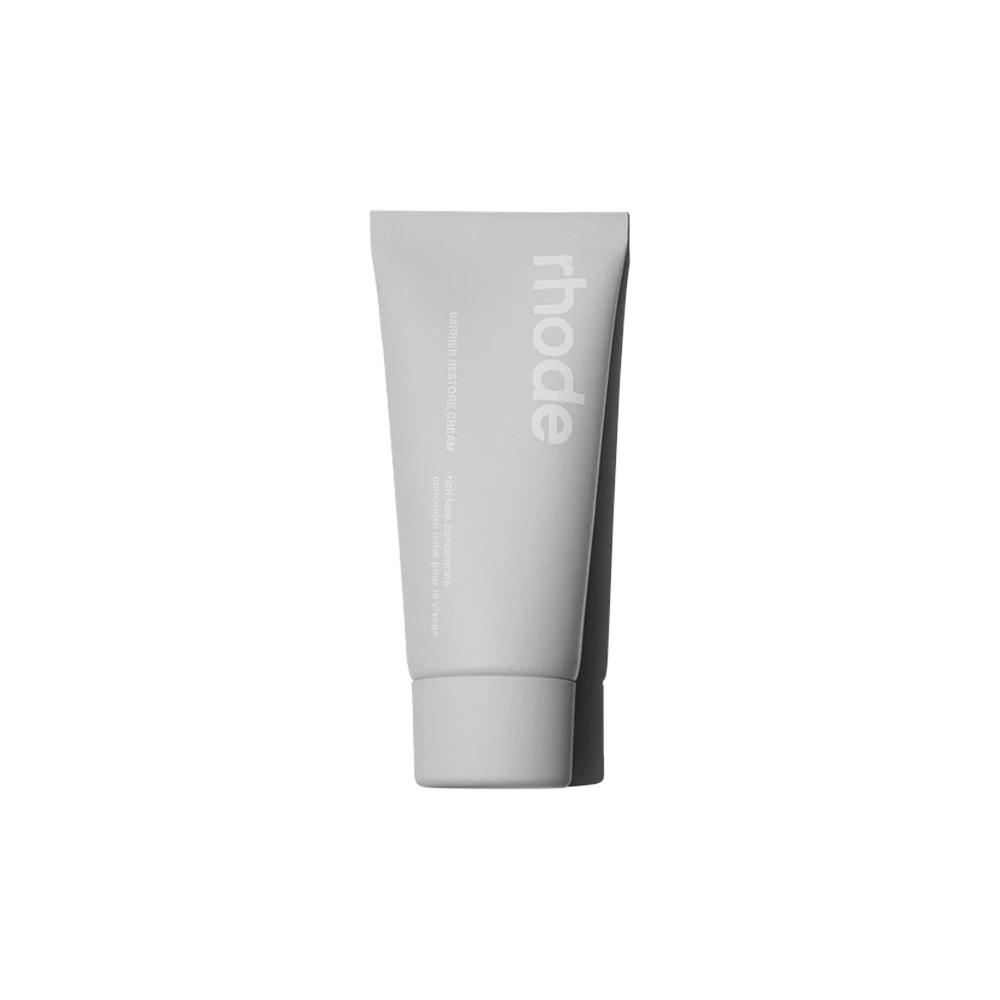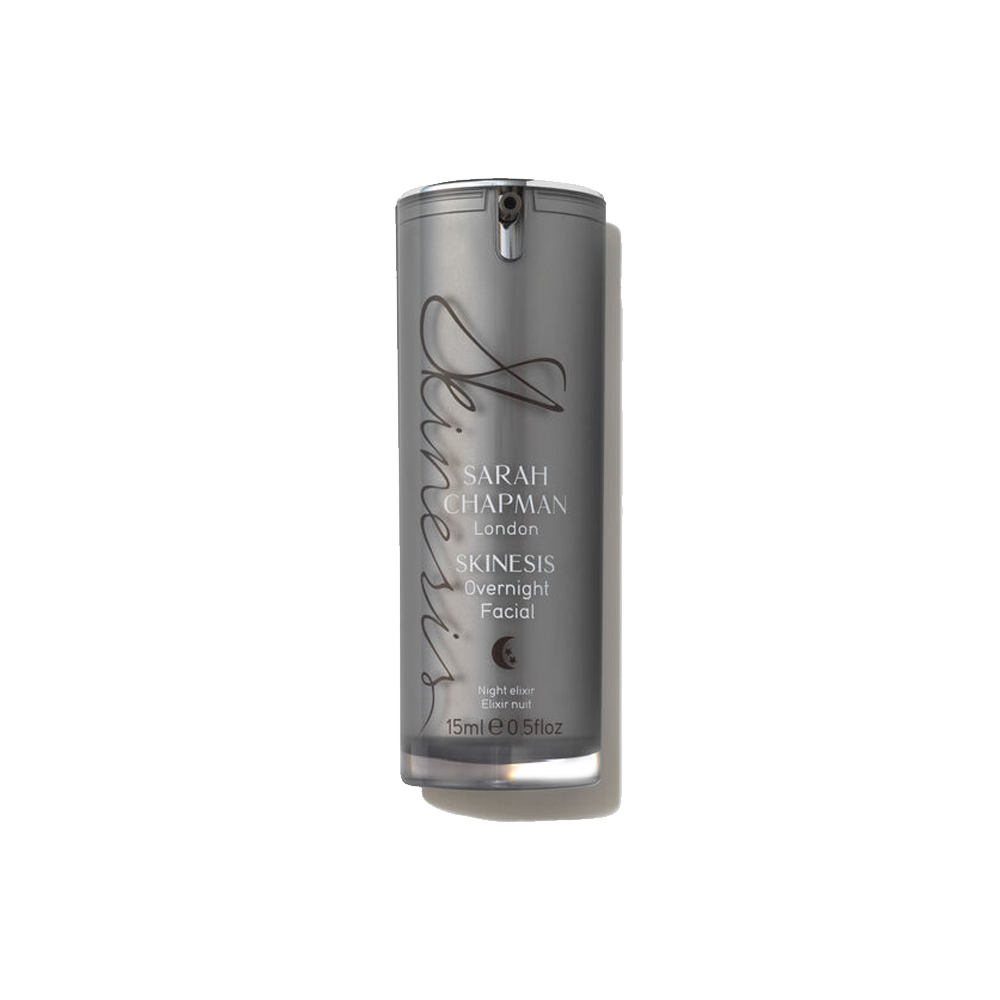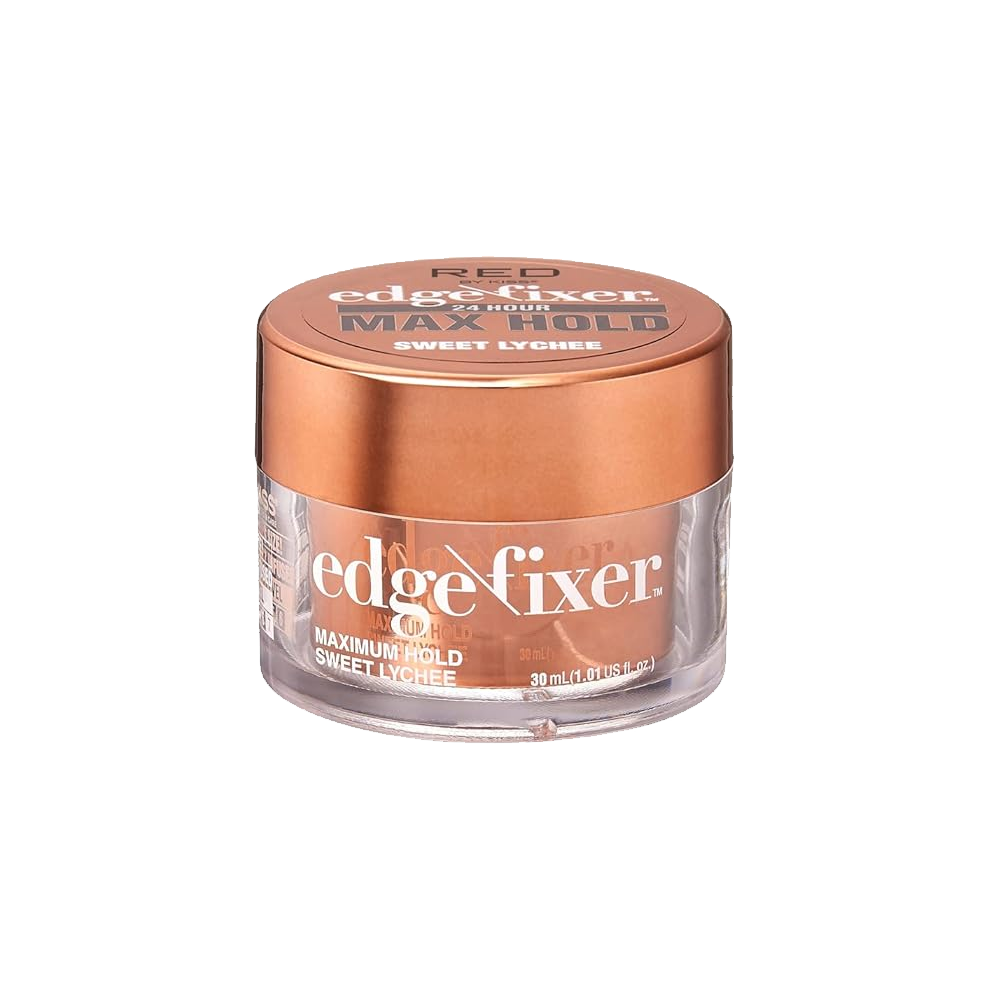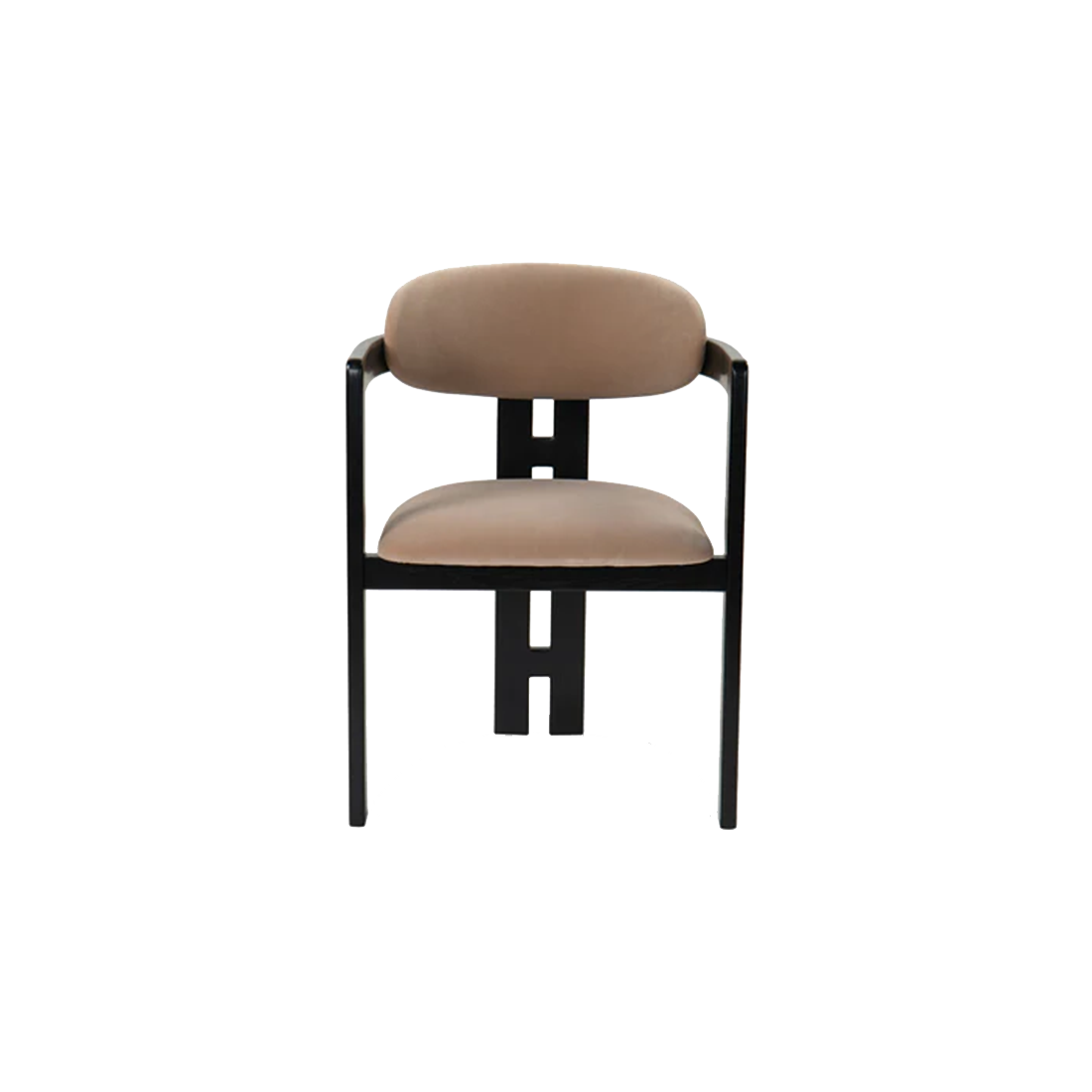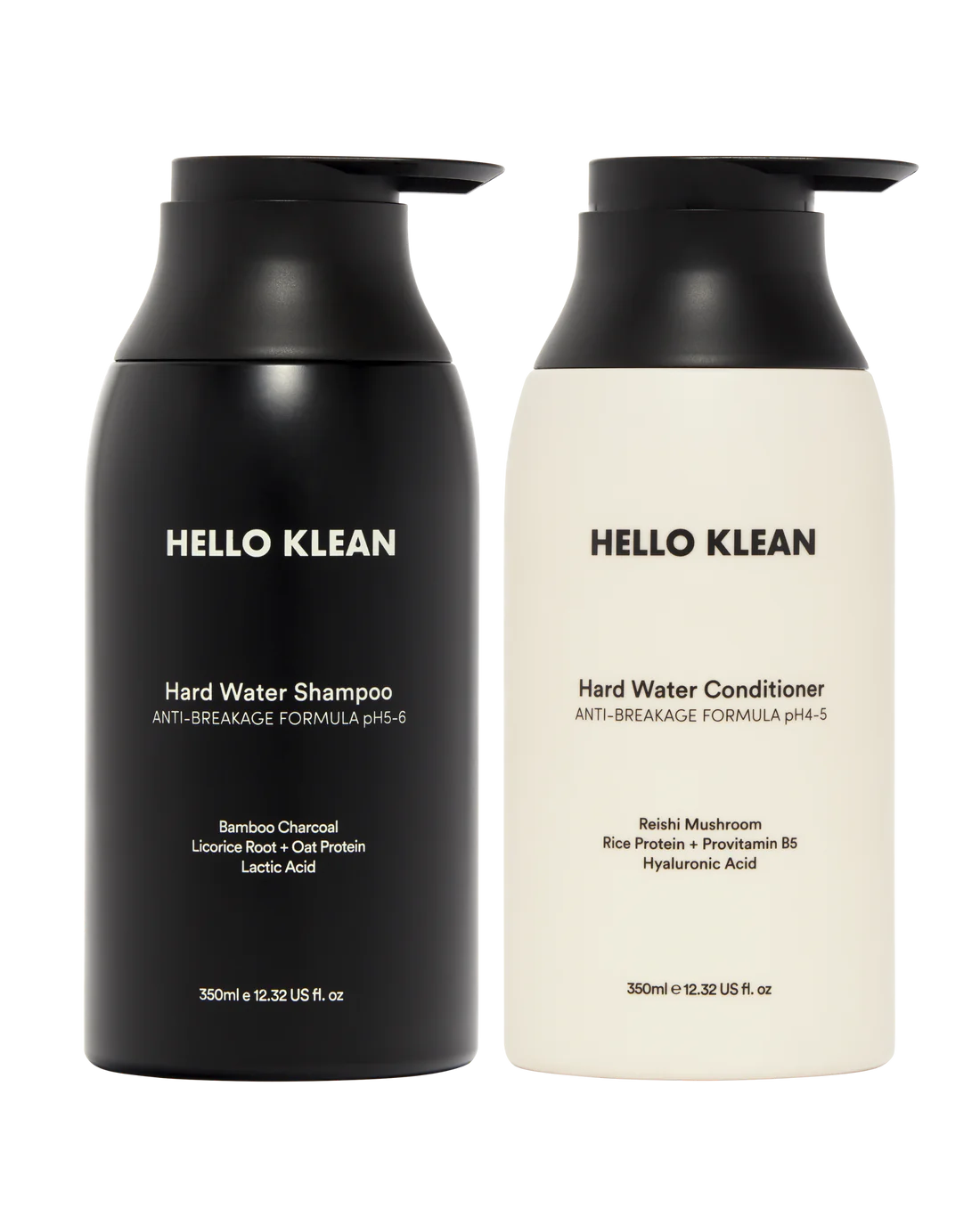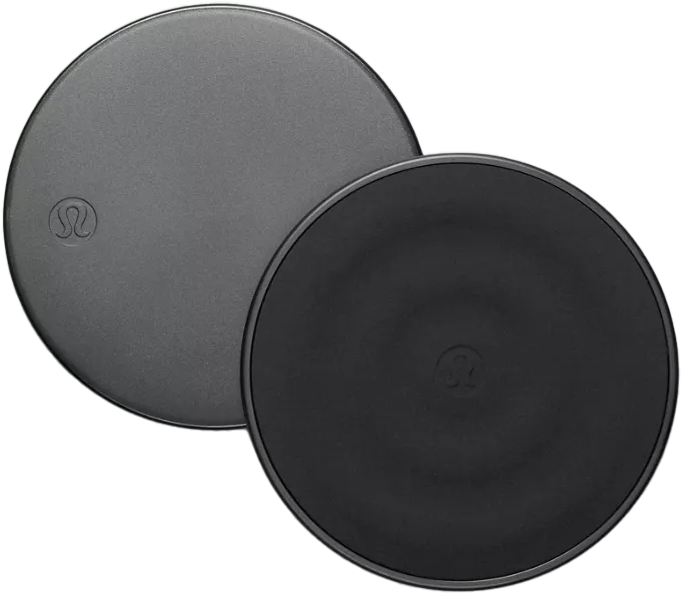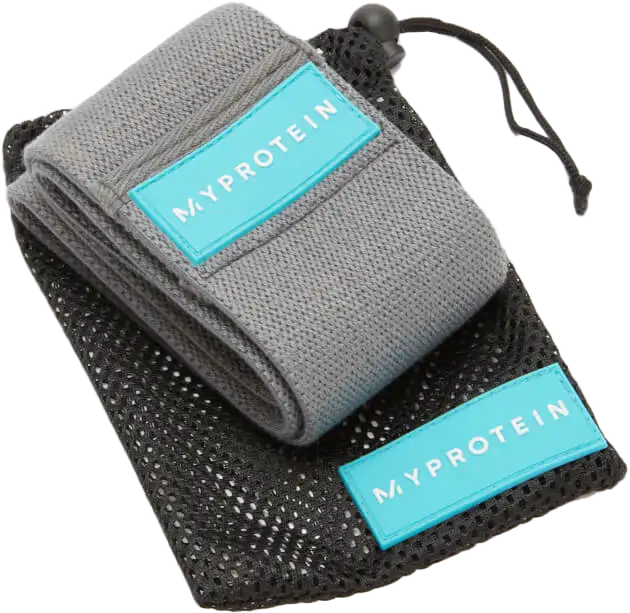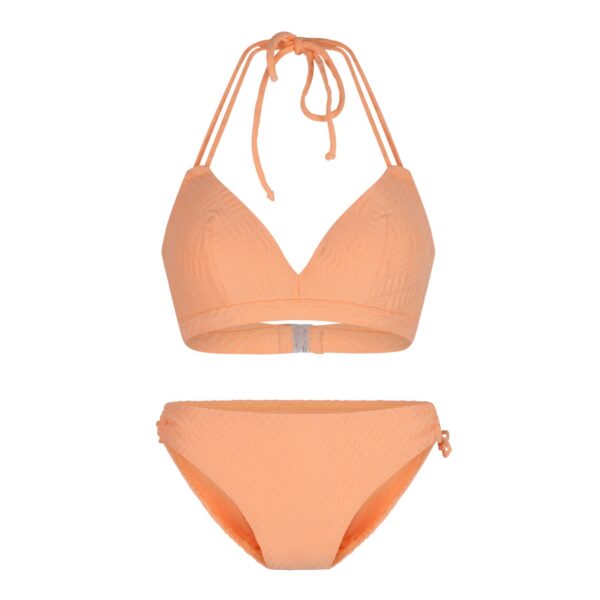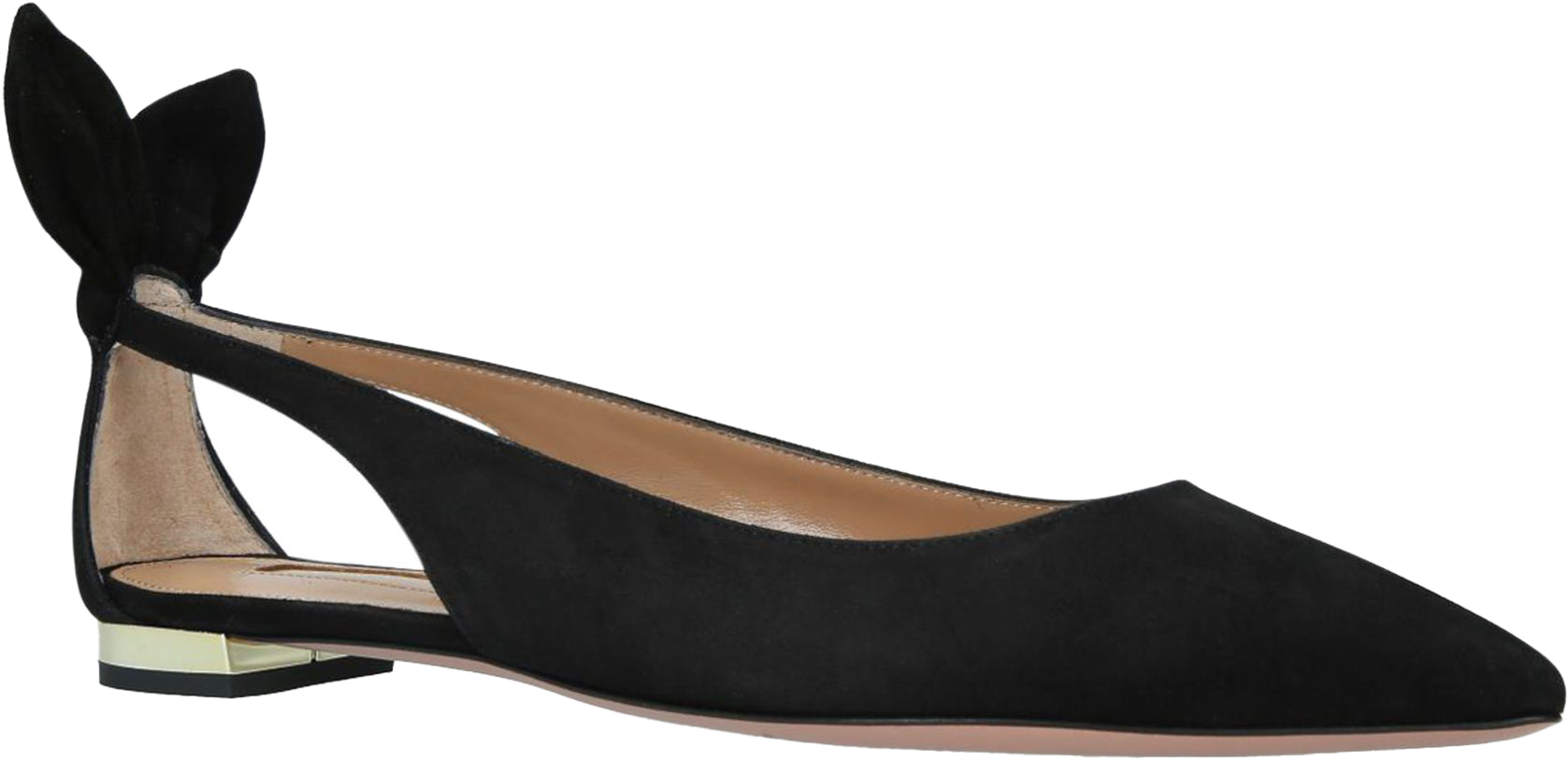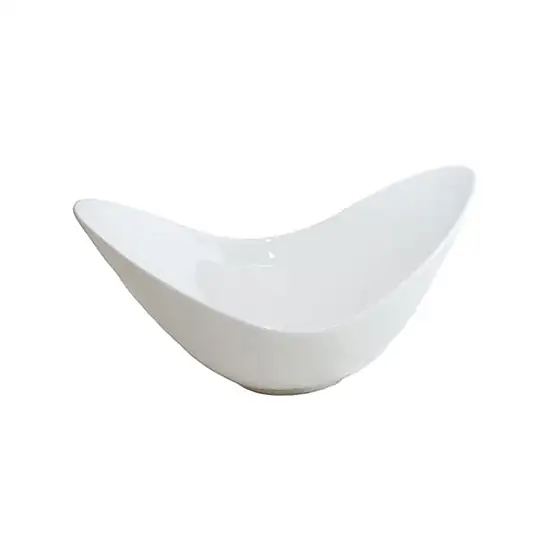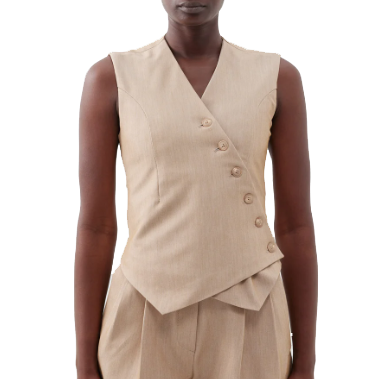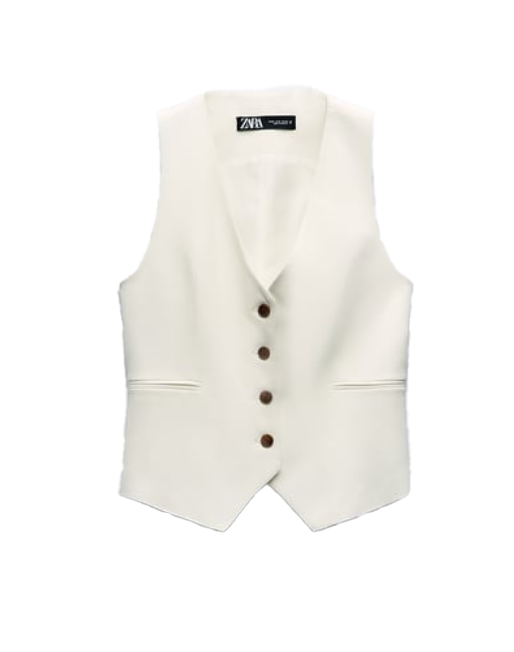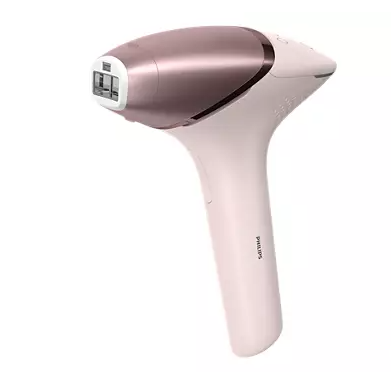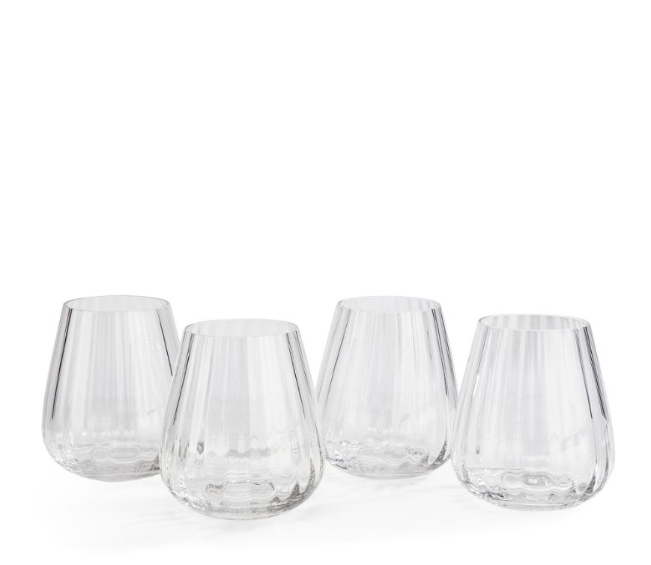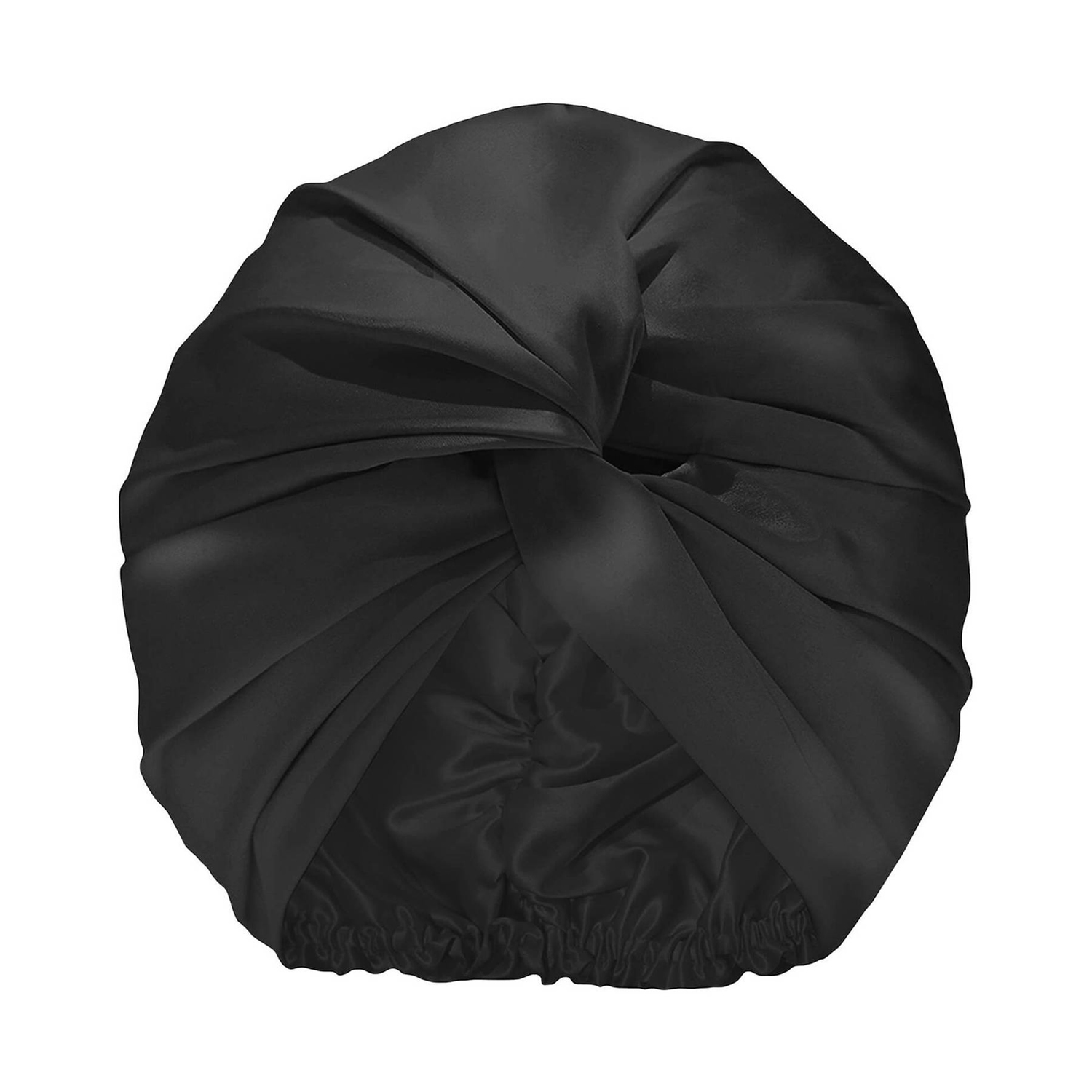Yoga is all about stretching, and there are numerous advantages to being able to stretch a little bit further, which is why we have the yoga wheel. Whether you’re a beginner or an experienced yogi trying to advance your practice, the yoga wheel could be your secret weapon.
This adaptable prop can provide an extra challenge, deepen stretches, and enhance your flexibility. In this article, we will explore the potential of the yoga wheel and give five professional recommendations on how to use a yoga wheel efficiently in your everyday routine.
How to Use a Yoga Wheel for Beginners
Using a yoga wheel can be a fun and effective way to enhance your yoga practice. This section will show you how to use a yoga wheel for beginners:
Achieving Basic Stretches: Your First Roll-out
For achieving the basic stretches, you can try the supported fish pose and reclining easy Pose. The supported fish pose entails lying back on the wheel such that it supports your spine and head, which can assist in massaging your spine and creating space in the front body.
The Reclining Easy Pose entails sitting in front of the yoga wheel with your legs crossed, setting the wheel parallel to your spine, and resting your hands on your knees. This Pose can assist you in extending your spine and opening up your chest.
Stabilizing Your Core: A Step-by-Step Guide
Stabilizing your core is an important element of yoga practice. Here are some step-by-step tips to assist you in stabilizing your core:
Supported side plank with oblique work
Start by kneeling next to the steering wheel. Lean forward with your right hip and lower your right hand into a Side Plank arm. This Pose might help you develop your abs and core.
Plank pose wheel
Stand in Mountain pose with your back to the wall and your wheel resting against it. Stand around 3-4 feet away from the wall. Exhale and go back to Downward Facing Dog Pose, keeping your legs close to the steering wheel. Inhale and push your hands against the floor as you bring your legs to rest on the wheel.
Wheel-Assisted bridge pose
Lie on your back, legs bent, and feet flat on the floor. Place the yoga wheel beneath your feet and raise your hips to the ceiling. This Pose can aid in the strengthening of your core, glutes, and legs.
Exploring Different Yoga Wheel Exercises
Here are some basic Yoga wheel exercise you will love:
- Fish pose
- Reclining easy pose
- Spinal stretch
- Wheel assisted plank
- Cat-cow
Mastering Yoga Poses with the Help of a Yoga Wheel
Below are some tips for mastering the Yoga wheel:
- Start with a smaller wheel if you’re a beginner
- Use the wheel to support and massage the area between your shoulder blades.
- When utilizing the steering wheel, relax your head and neck.
- Use the wheel to free up space in the front body and improve flexibility.
- Incorporate the wheel into your daily yoga regimen to improve focus and balance.
Advancing Your Yoga Practice: Wheel-Assisted Poses
There are numerous poses you can do if you want to develop your yoga practice with the help of a yoga wheel. To get you started, here are some wheel-assisted poses:
Side crow on the wheel
- Stand with the yoga wheel on the outside of your left leg, facing the long edge of the yoga mat.
- Crouch down and place your outer left hand on the mat, bending both knees.
- Lift your right foot off the mat and place your right hand on the wheel.
- Lean forward and put your right foot on the steering wheel.
- Lift your left foot off the mat and shift your weight forward.
- Lower your chest toward the mat by bending your elbows.
- Hold the posture for 5-10 breaths before repeating on the opposite side.
Hand to big toe kneeling pose
To do this pose, place your hands and knees on your yoga mat. Insert your left lower leg into the yoga wheel. Straighten your left leg and extend your left hand to grasp your left big toe. Hold the stance for 30 seconds before repeating with your other leg.
Strengthening and Toning: Targeted Yoga Wheel Workouts
There are numerous specialized workouts you can undergo if you want to build and tone your body with the help of a yoga wheel. Here are some examples of yoga wheel workouts:
- Full-body workout
- Strength and flexibility workout
- Glute strength workout
How to Use a Yoga Wheel for Back Pain
This section will show you how to use a wheel for back pain to relieve discomfort:
- Start in a seated position with the yoga wheel behind your lower back.
- Safely and gently bring your hips up, the bottoms of your feet down, and roll your back along the yoga wheel.
- Roll the wheel slowly from your lower back to your upper back while pushing from the bottom of your feet.
- Use your hands for stability on the ground if needed. Roll back and forth for three to five minutes and stop in a place that feels good on your back for an extra stretch.
Yoga Wheel Stretches for Back Pain
Here are some yoga wheel stretches for back pain:
- Easy pose
- Supported camel
- Lower and upper back stretches
- Upper body stretch
- Back massage
Remember to start slowly, use proper form, and listen to your body when using a yoga wheel to avoid injury.
Alleviating Discomfort: Specific Stretches and Techniques
Here are some specific stretches and techniques to use to alleviate discomfort:
Knee-to-chest stretch
This stretch offers comprehensive relaxation by relaxing your thighs, hips, and glutes. To do this posture, lie on your back with your knees bent and your feet flat on the ground. Bring your hands together behind your knees or just below your kneecaps to relax. Bring both knees slowly toward your chest, dragging your knees softly with your hands. Hold for 20 to 30 seconds, then return to the starting position by moving your hips side to side to assist massage your lower back.
Supine twist
This stretch not only stretches your lower back but also your glutes, which can tense when you have low back pain, creating even more agony. It is also useful in improving total spinal flexibility.
To do this posture, lie on your back with your knees bent and your feet flat on the floor. Extend your arms to the side in a “T” shape. Maintain your shoulders on the floor while rolling both knees to one side. Return your knees to the center and repeat on the other side after 20 to 30 seconds.
Seated spinal twist
This classic twist stretches the glutes, hips, and lower back. It stretches your abdominals, shoulders, and neck while also boosting spinal mobility.
To do this pose, sit on the floor with your legs out in front of you, bend your left knee, and place your foot on the right thigh’s outside, place your right arm over your left thigh to provide support, place your left hand behind you, twist to the left starting at the base of your spine, hold this position for one minute and reverse the process on the other side.
Monitoring Your Progress: A Pain-Relief Checklist
Here are a few pain-relief checklists and tools to help you keep track of your progress:
- IPCPS
- Daily diary
- Pain self-management strategies
- Pain assessment tools
- Patient monitoring checklist
Remember to use these tools regularly to track your progress over time.
Choosing the Best Yoga Wheel
Given the numerous options on the market, choosing the best yoga wheel can be a difficult challenge. Here are some factors to consider when choosing a yoga wheel:
- Texture
- Price
- Weight Capacity
- Material
- Size
- Durability
Those are some of the things to consider when choosing a yoga wheel
Best Yoga Wheel for Beginners
According to several sources, the best yoga wheel for beginners is the REEHUT Yoga Wheel. This basic yoga wheel is suitable for both beginners and intermediate yogis. It contains a hybrid TPE foam to avoid sliding or slipping while also cushioning your hands, feet, and back while in use. It is affordable, long-lasting, and provides excellent grip and stability.
Top-Rated Yoga Wheels: A Comprehensive Review
Here is a comprehensive review of some of the top-rated Yoga wheels:
Realign yoga wheel
Realigns yoga wheel with spine grooves is built to withstand even the most strenuous stretching sessions. This device addresses each muscle in your body with exact ridges to relieve any pent-up tension for much-needed comfort.
REEHUT yoga wheel
This basic yoga wheel is appropriate for both beginners and intermediate yogis, and it has a hybrid TPE foam that prevents sliding or slipping while also cushioning your hands, feet, and back. It is inexpensive, long-lasting, and provides good grip and stability.
UpCircle seven Yoga Wheel Set
This set includes three different sizes of wheels for versatility and is ideal for passionate yogis looking for a yoga wheel that can be used for any pose or purpose. The wheels are composed of durable plastic and have a distinct inner core for added strength and to allow greater loads.
What to Look For: Material, Size, and Durability
There are several factors to consider when selecting a Yoga wheel; some of these factors are:
Size
Yoga wheels come in various sizes, and selecting one that fits your physique is important. The normal size is 12 inches in diameter and 5 inches in width, but smaller and larger options are available. If you are taller or have a larger frame, a larger wheel may be more comfortable to use.
Durability
Consider the yoga wheel’s durability, especially if you intend to use it frequently or for more complex yoga poses. Look for a strong wheel that can sustain your weight without bending or breaking.
Material
Yoga wheels are often made of plastic, cork, or wood. Plastic is the most common material since it is both durable and lightweight. Cork is environmentally friendly and provides a non-slip surface. Wood is strong and has a natural feel, but it is heavier and more expensive.
Safety Precautions When Using a Yoga Wheel
While the yoga wheel can be a useful tool for improving your practice, it is essential to take safety measures to avoid injury and to guarantee a safe and effective practice.
How to Use a Yoga Wheel Safely
Here are some safe ways to use the Yoga wheel:
- Begin slowly
- Pay attention to your body
- Use proper alignment
- Avoid rolling over joints
- Use the wheel to support your body
- Stretch with the wheel
By following these tips, you can safely and efficiently use a yoga wheel to enhance your yoga practice.
Ensuring a Safe Practice: Precautions and Preparations
Here are some common safety precautions to keep in mind:
- Be aware of your surroundings
- Practice good personal hygiene
- Use proper alignment
- Choose a high-quality yoga wheel
- Consult a teacher or healthcare professional
By following these safety measures, you can reap the advantages of utilizing a yoga wheel while reducing your chance of injury.
Responding to Discomfort: Tips and Recommendations
There are various strategies and recommendations that can help if you are feeling discomfort when using a yoga wheel.
- Listen to your body and respect its limitations.
- Back off or alter a stance if it seems uncomfortable or painful.
- Use the yoga wheel to relieve and prevent back discomfort by gently rolling it away, allowing your hips to melt back and your chest to fall toward the ground.
- If you are experiencing lower back pain, you can use a yoga wheel to address deep back muscles without putting pressure on the spine.
The yoga wheel is a wonderful tool for improving your yoga practice and discovering new possibilities. Whether you’re a beginner or a seasoned practitioner, there’s always something new to learn with the yoga wheel. So, embrace the trip and reap the many benefits that this multipurpose prop has to offer.



